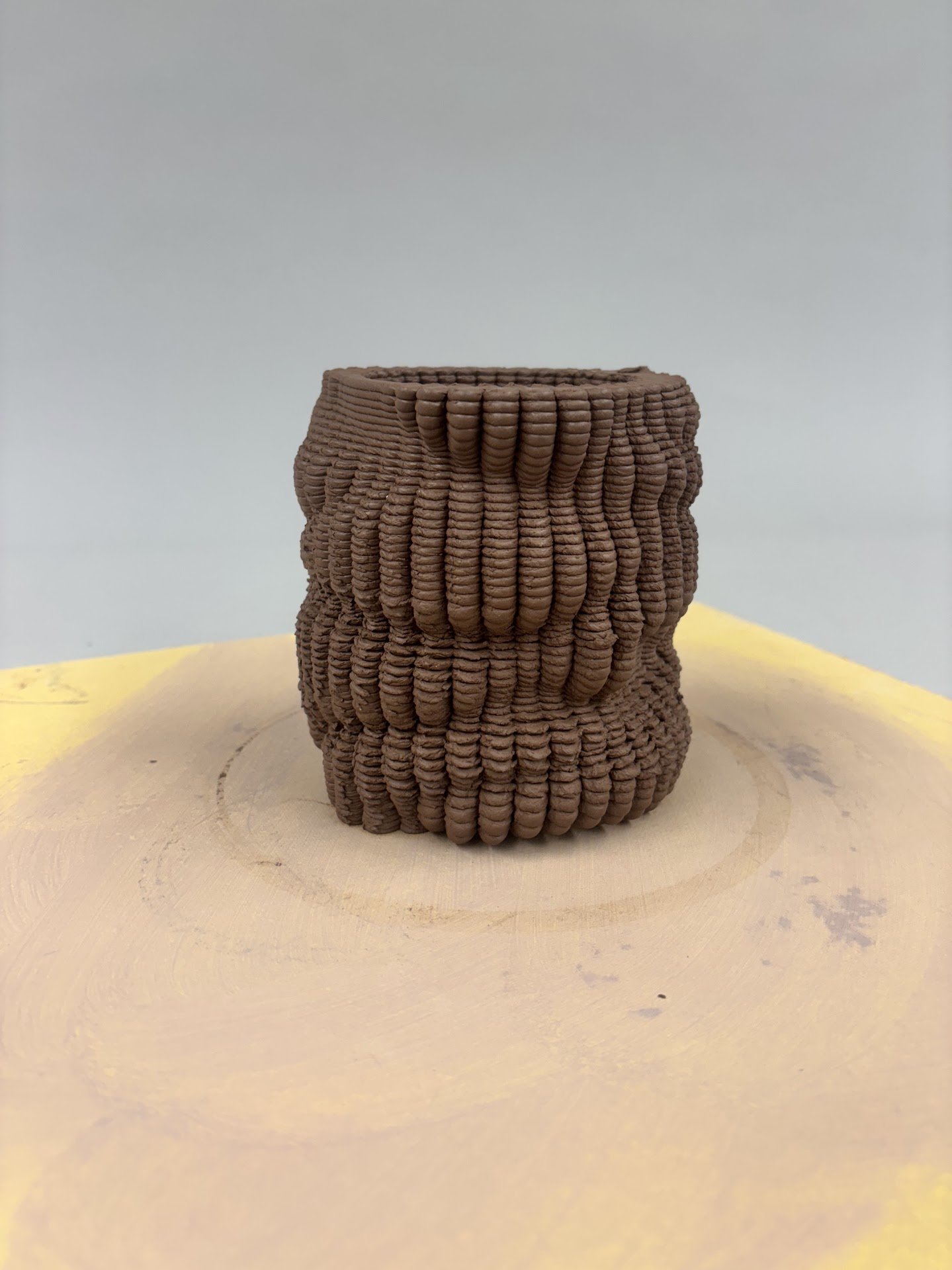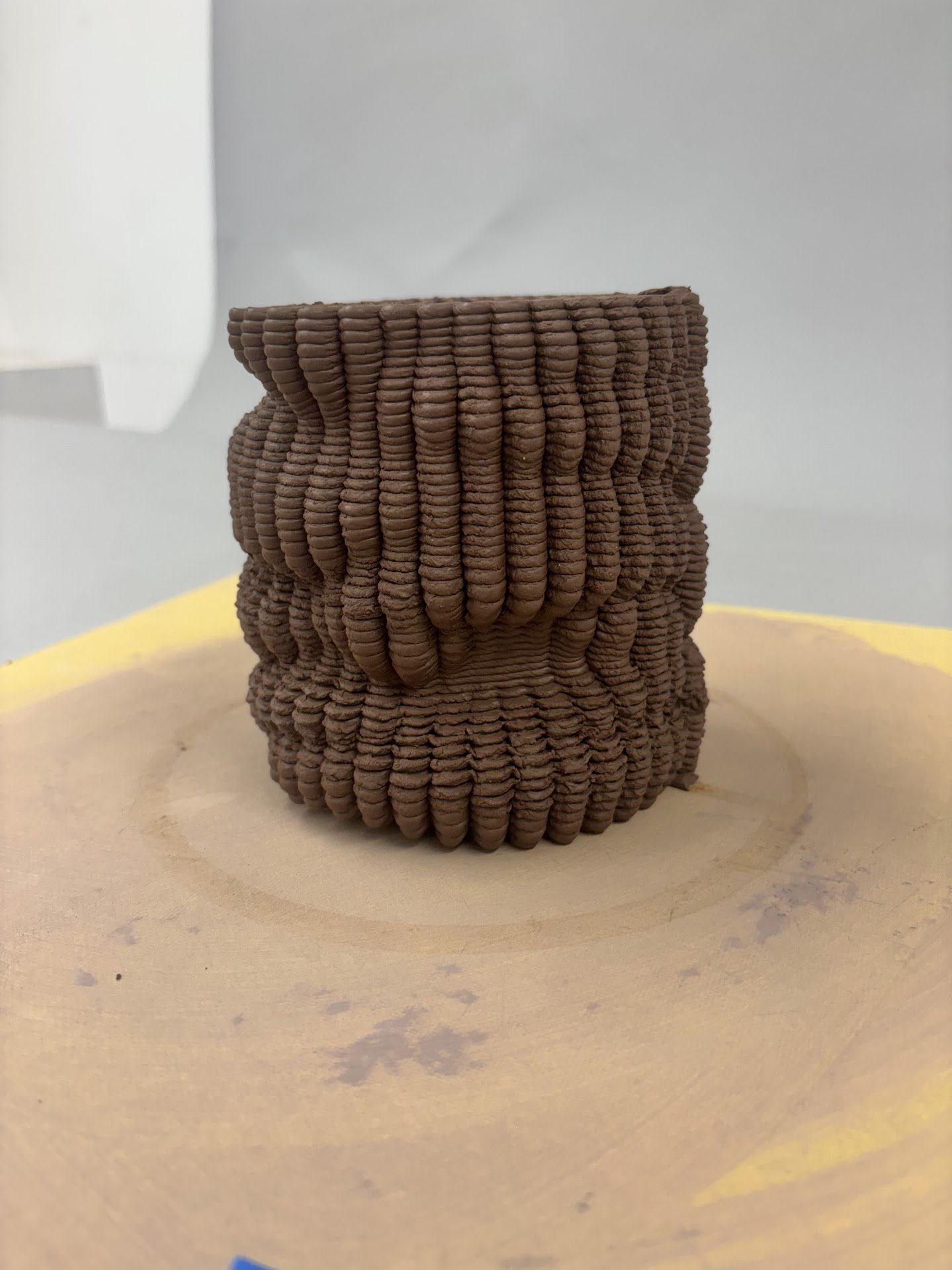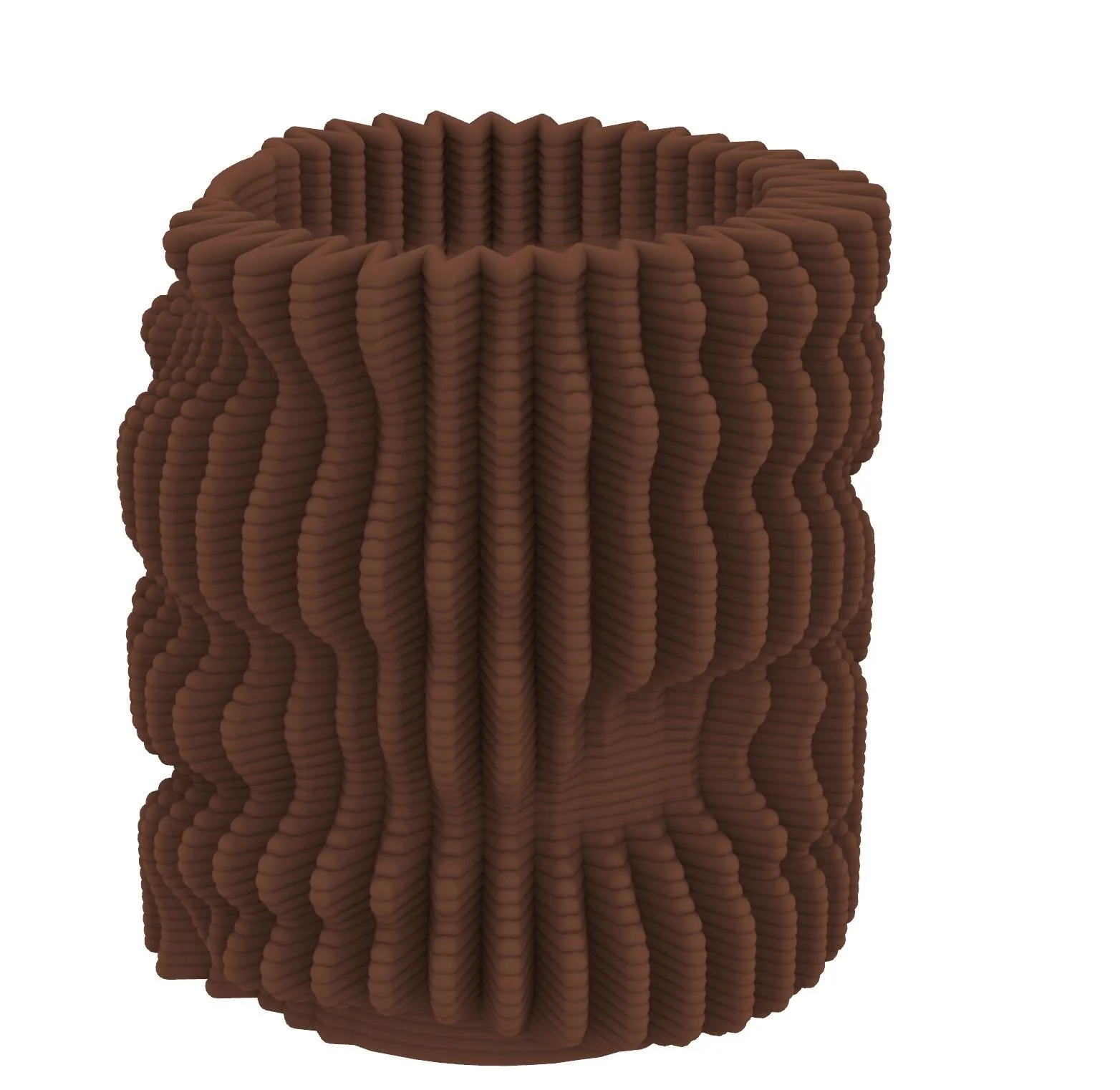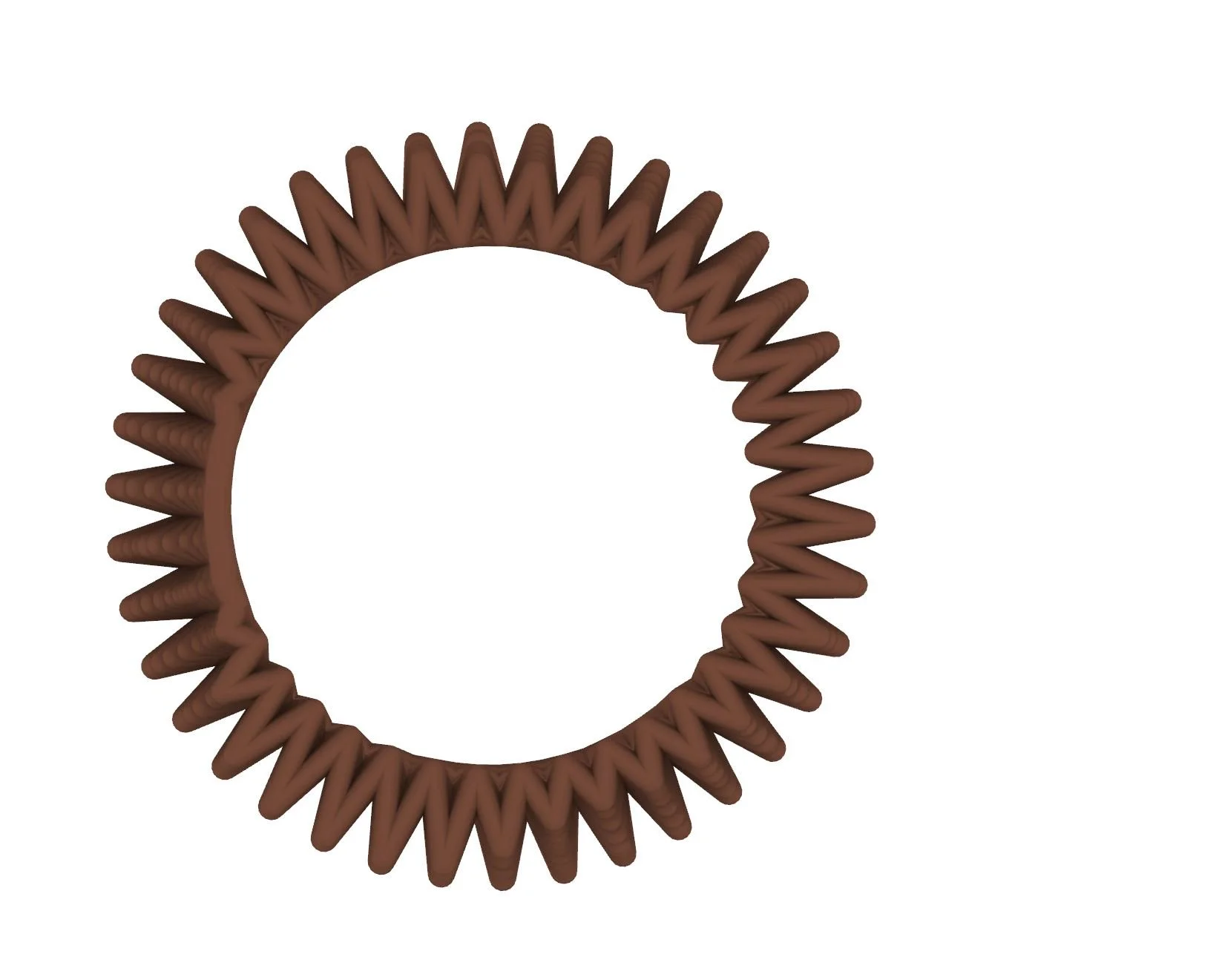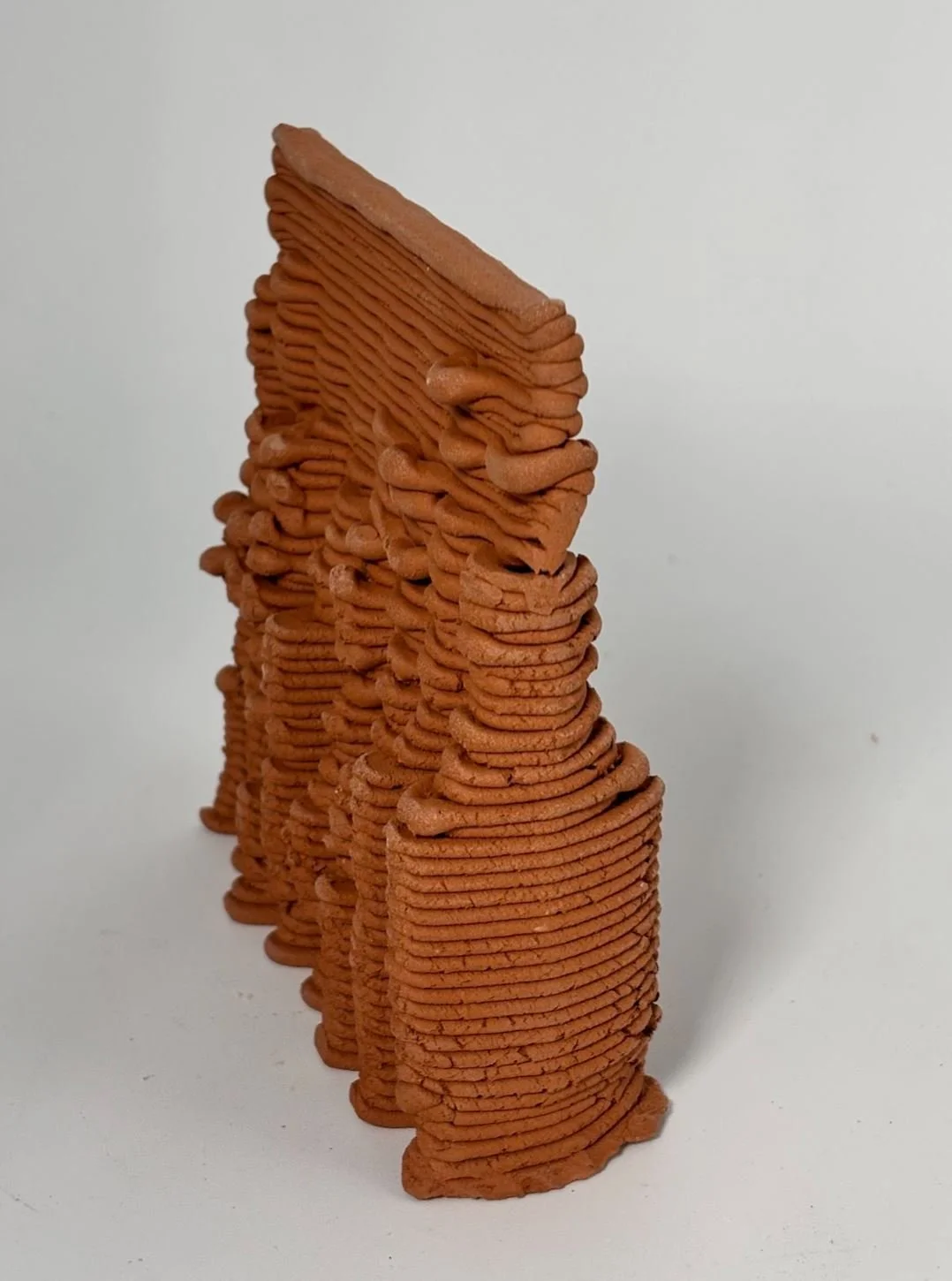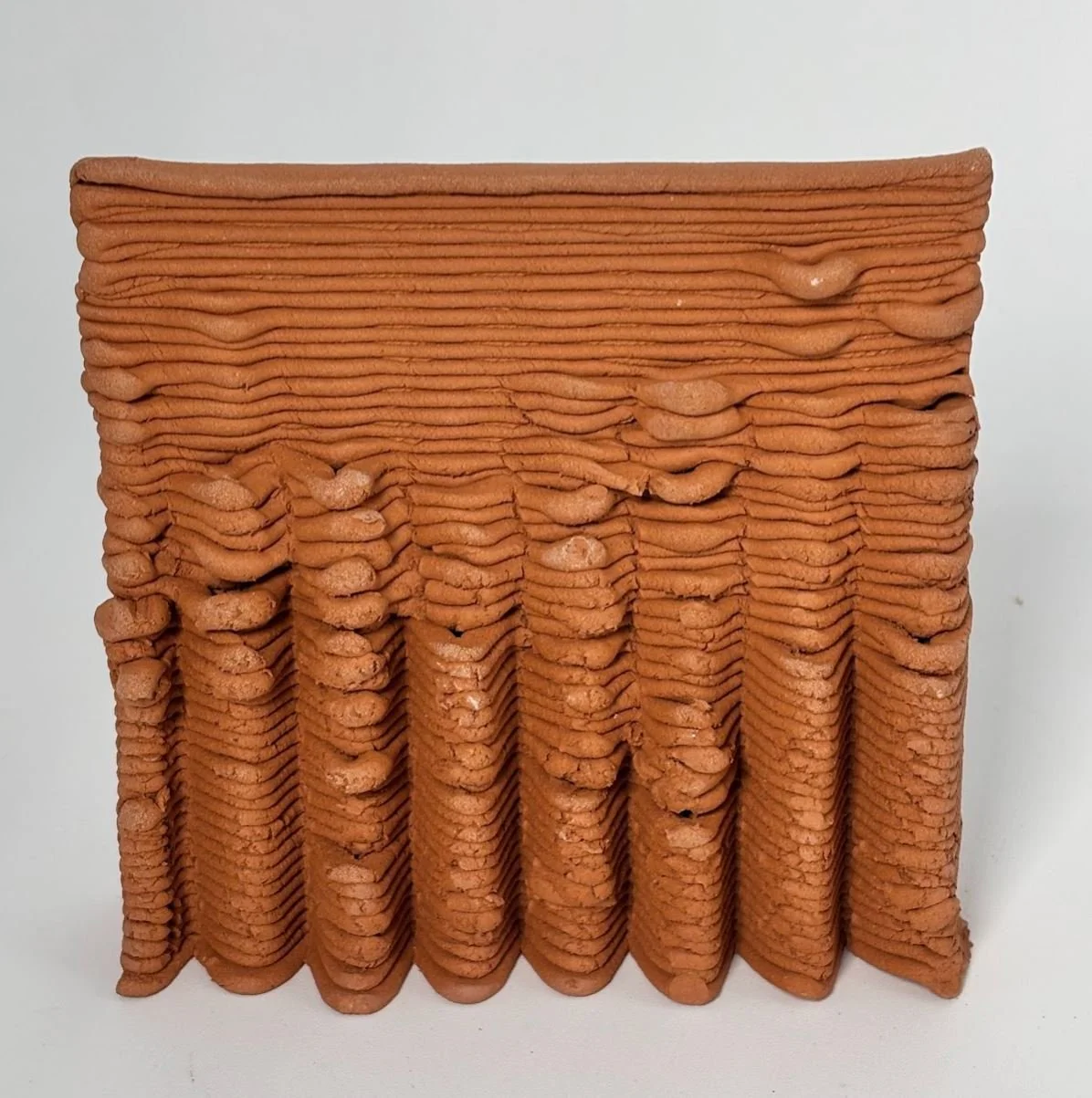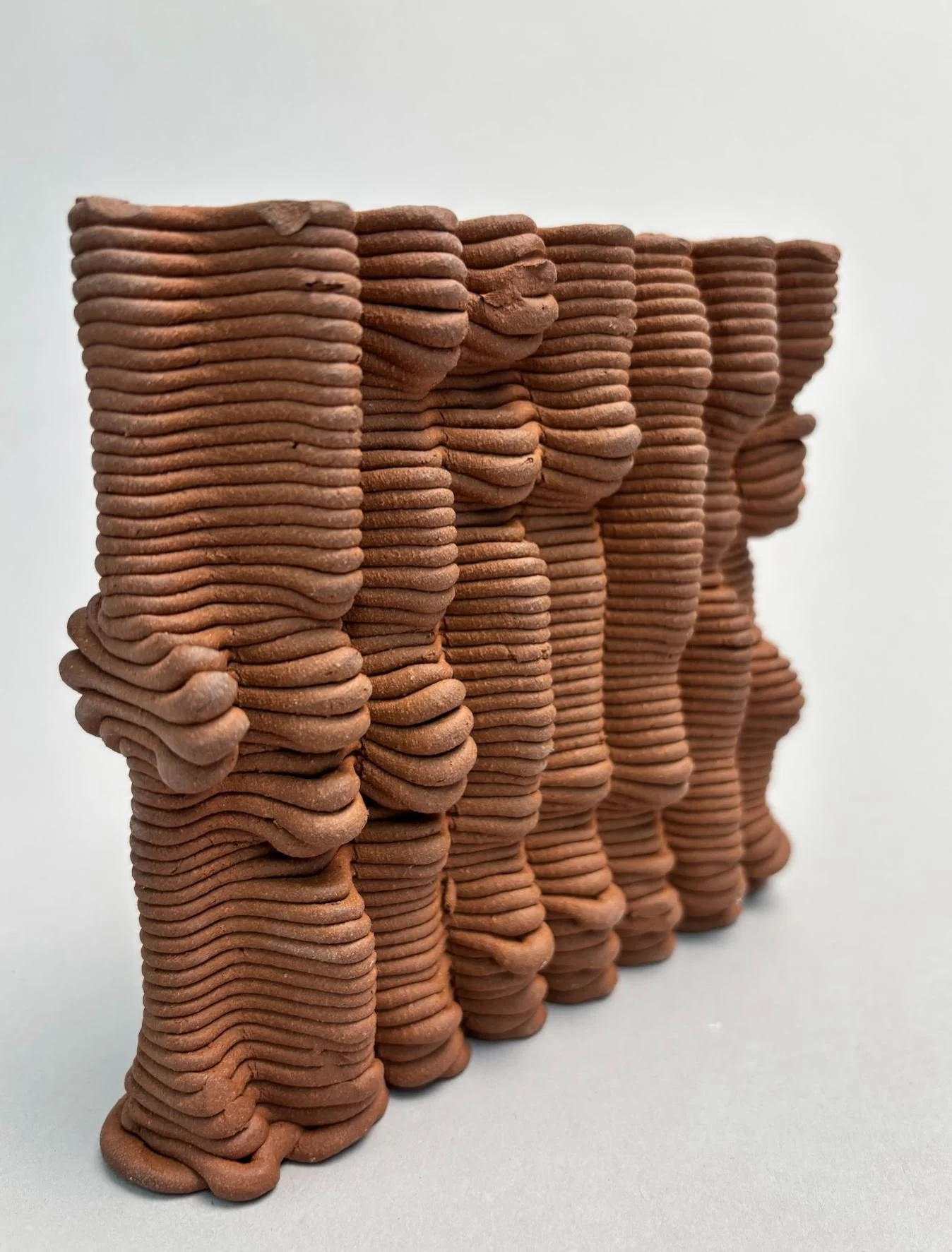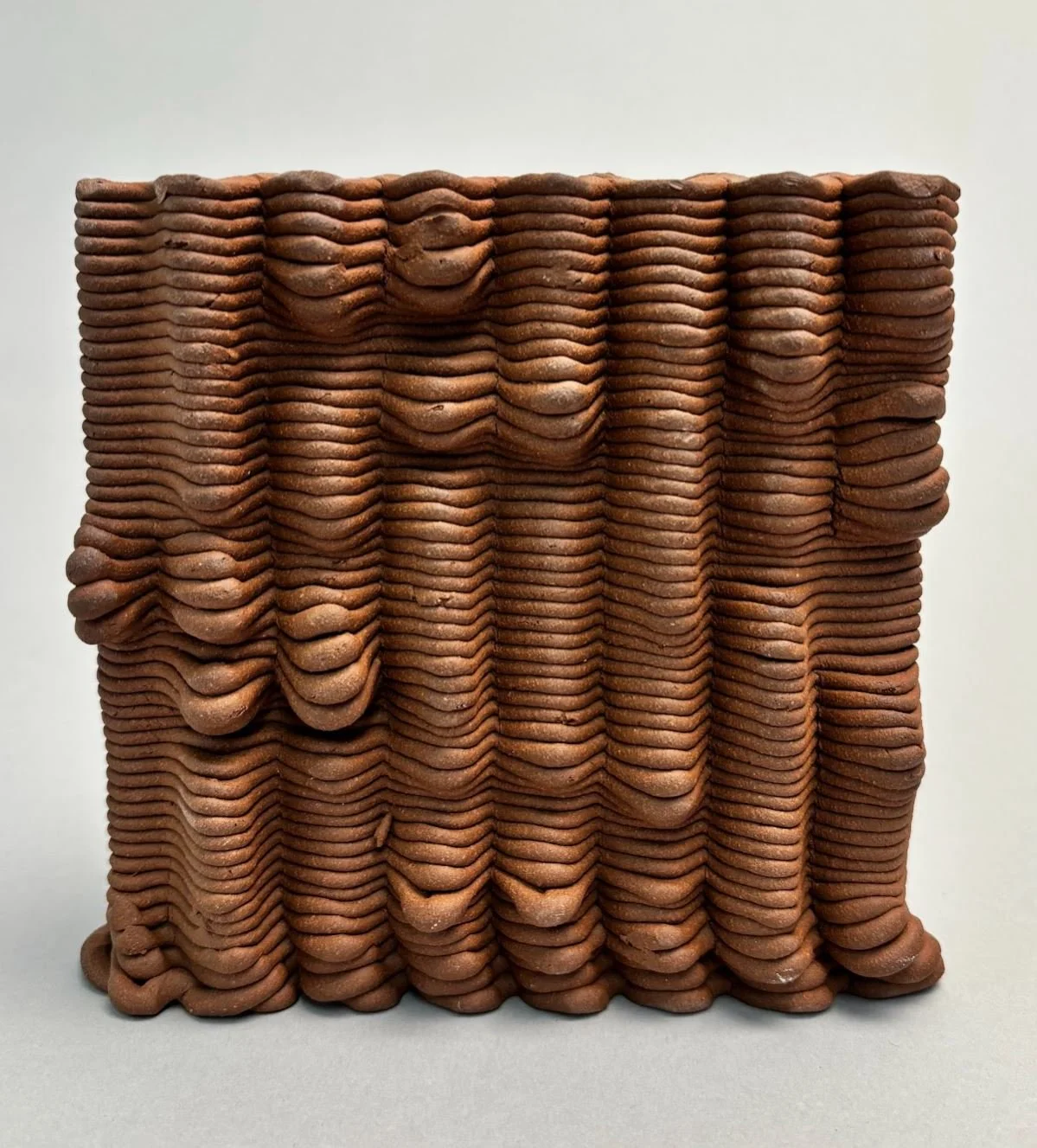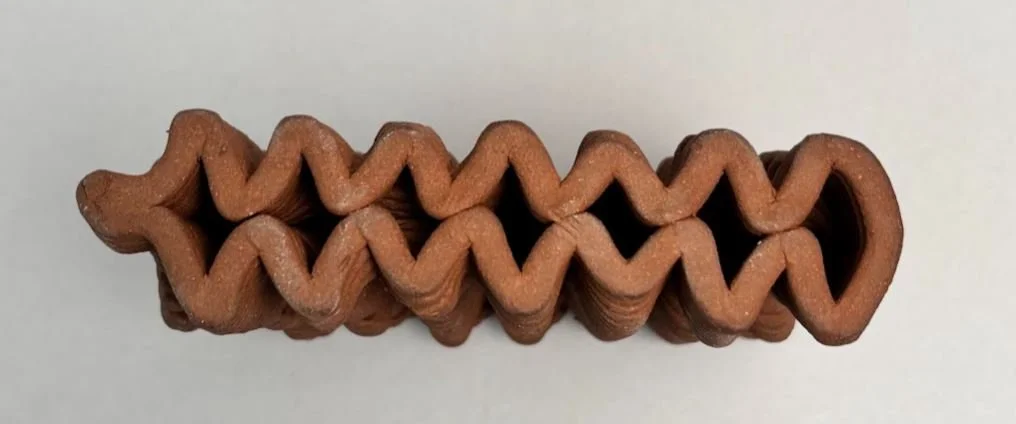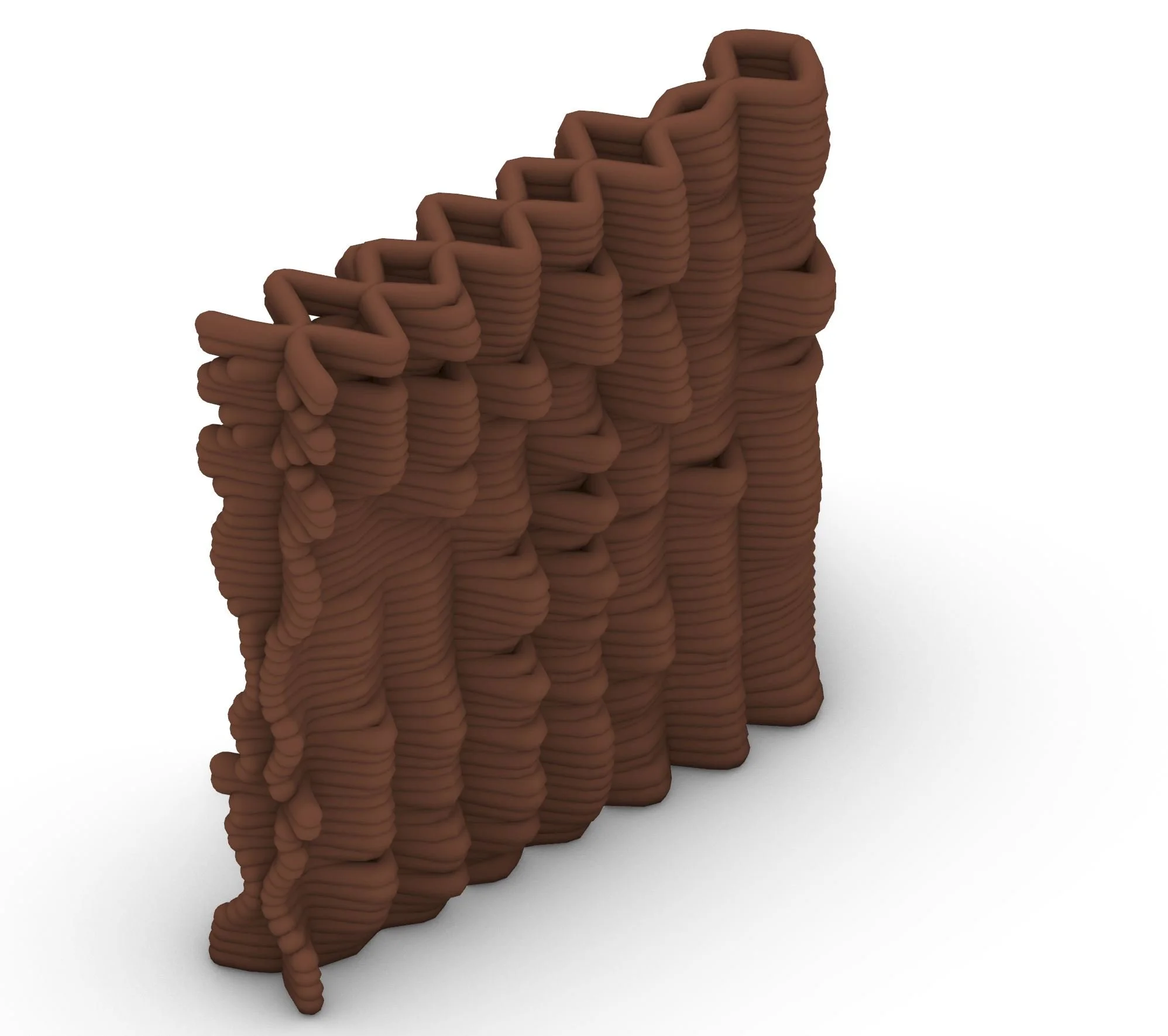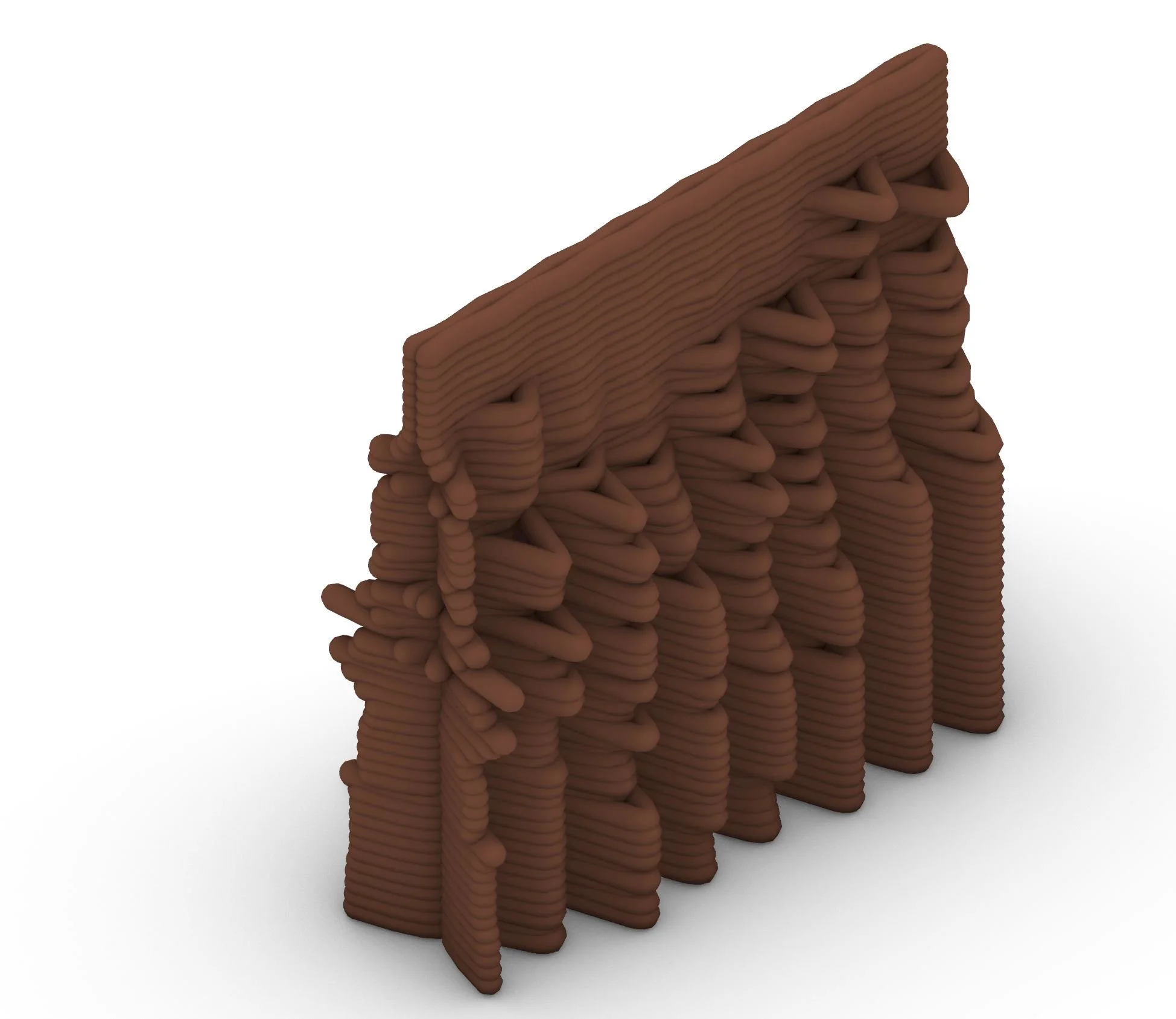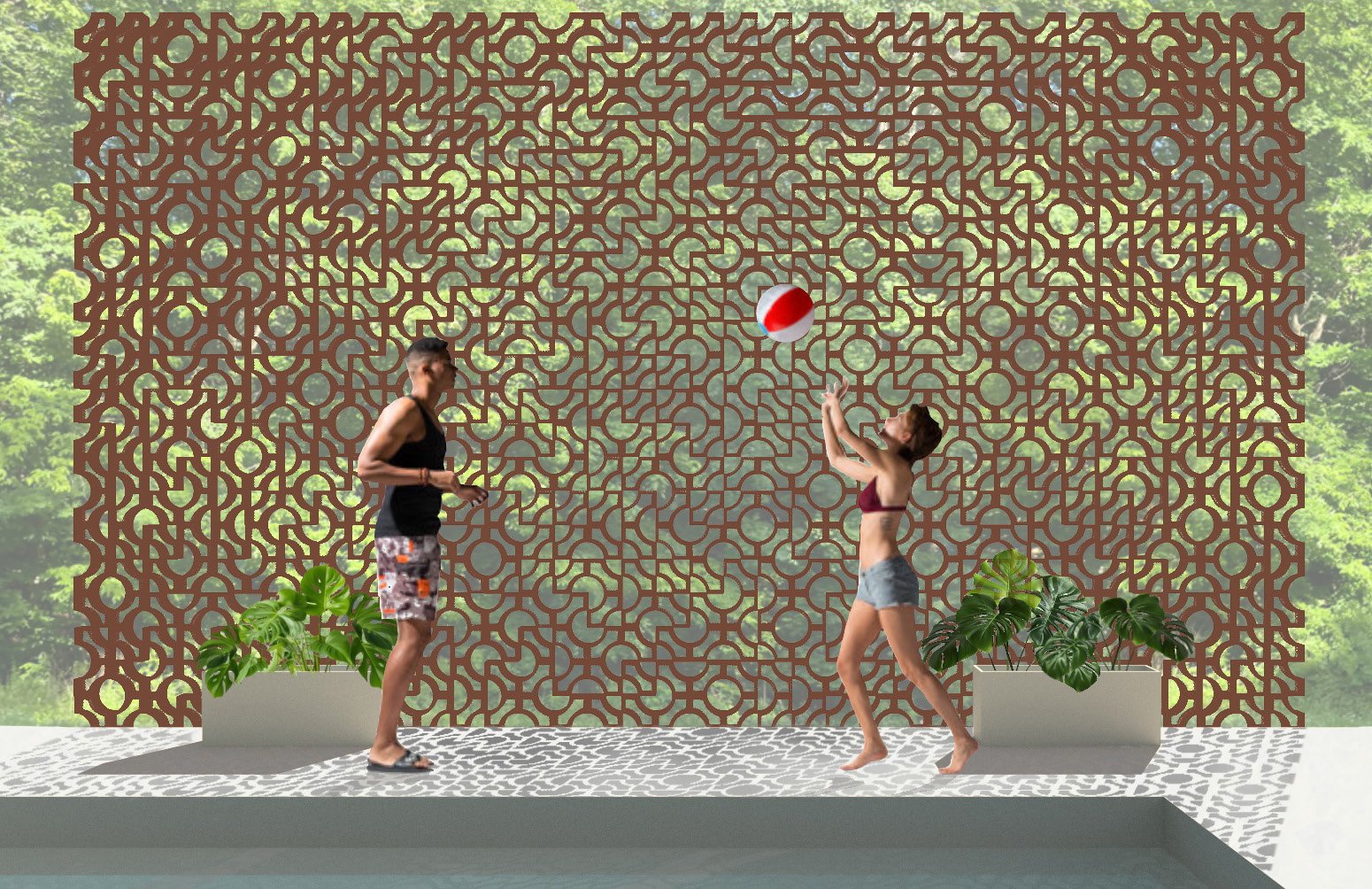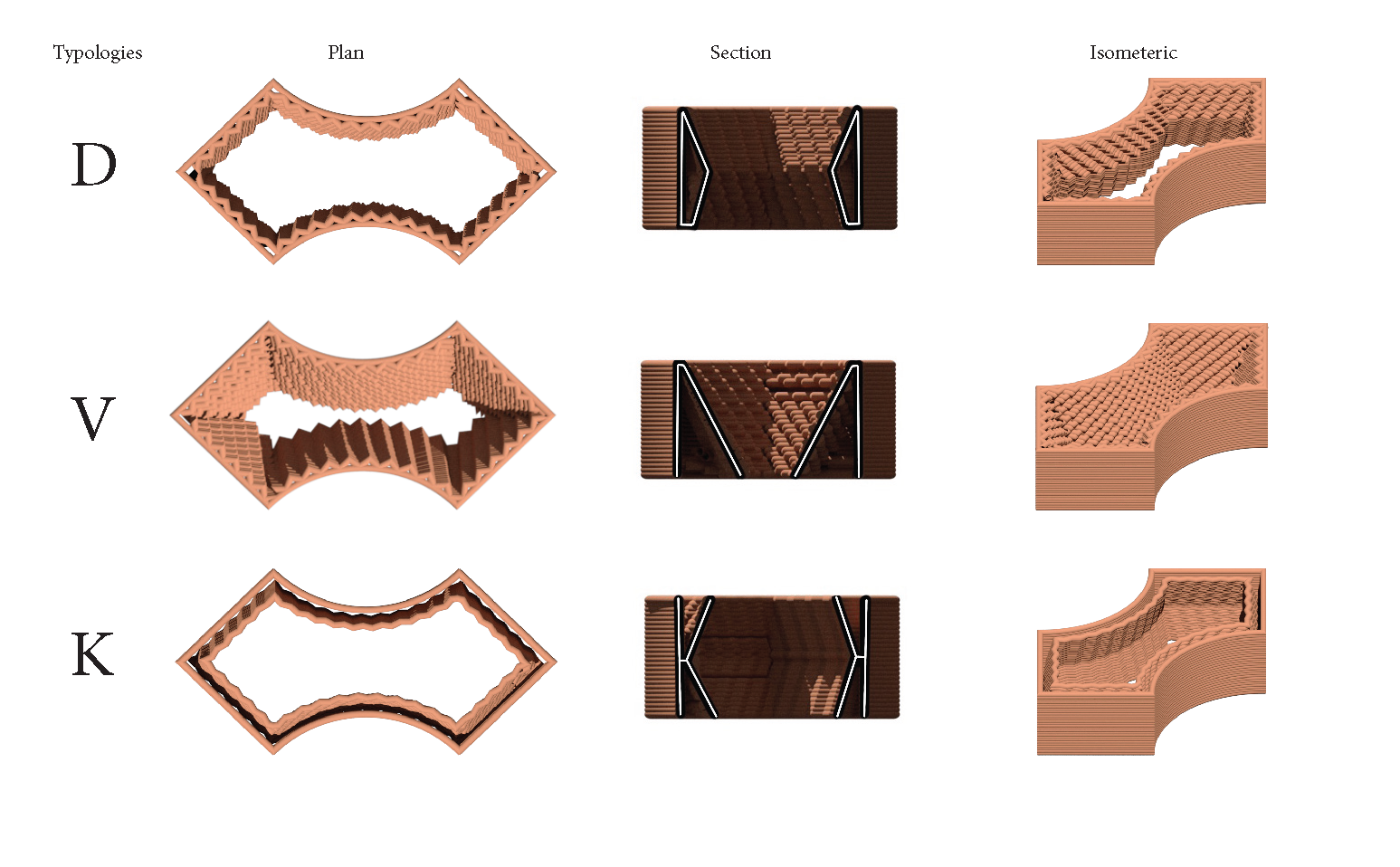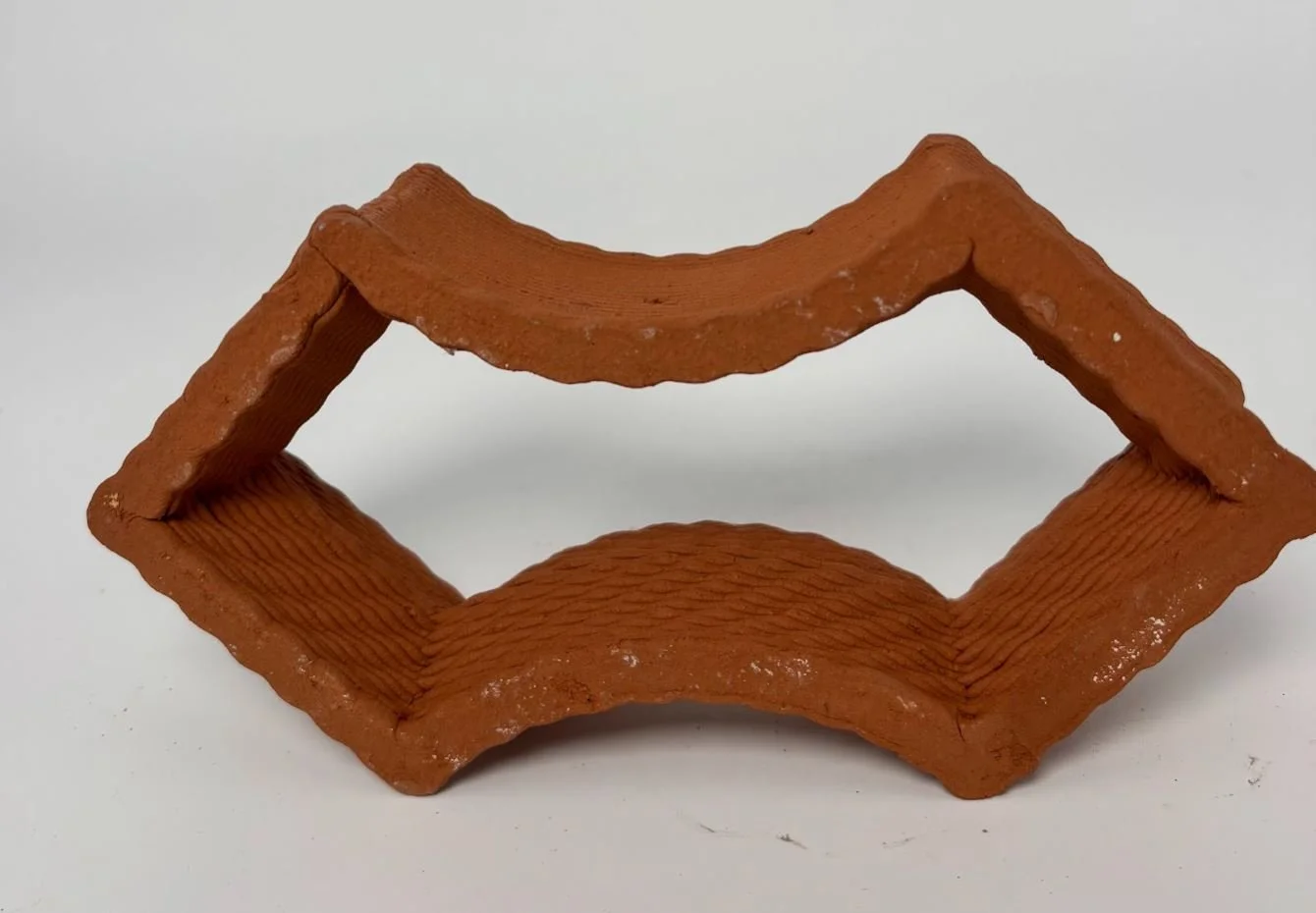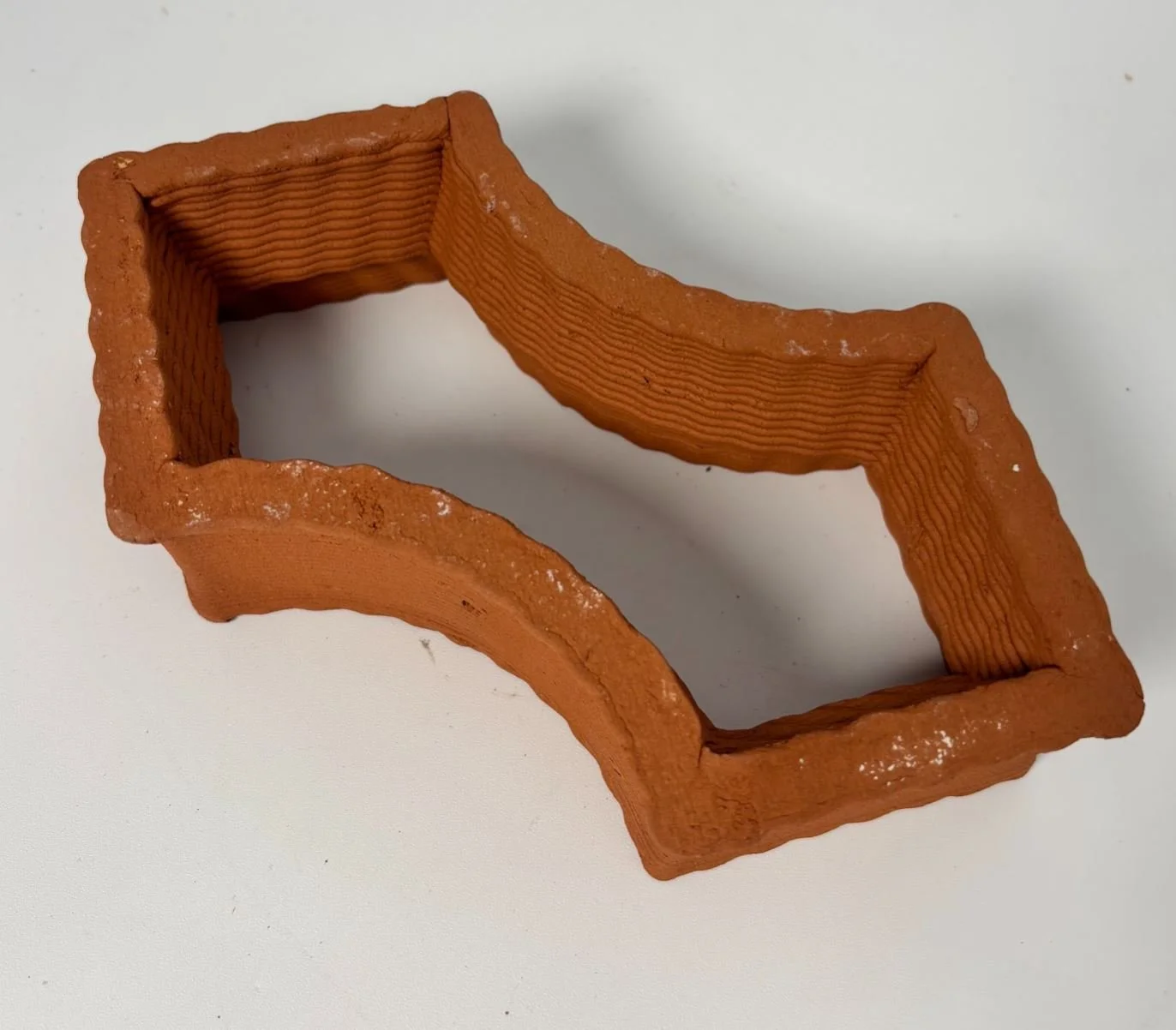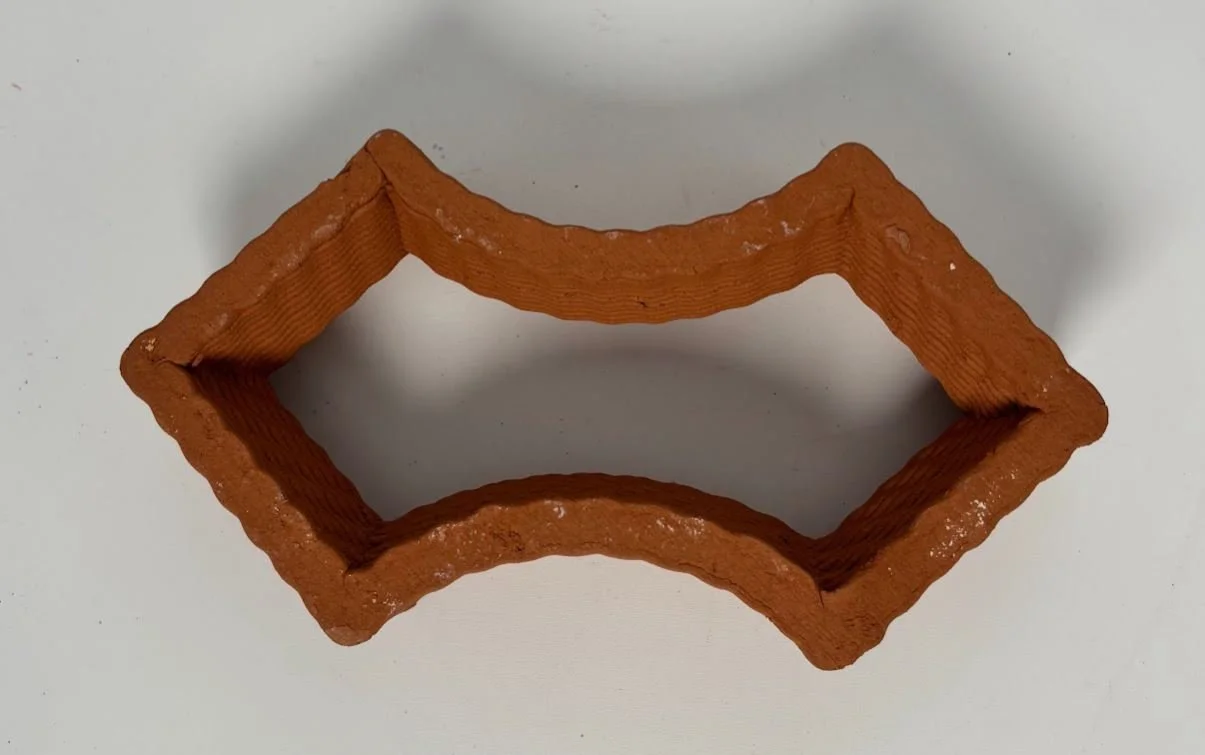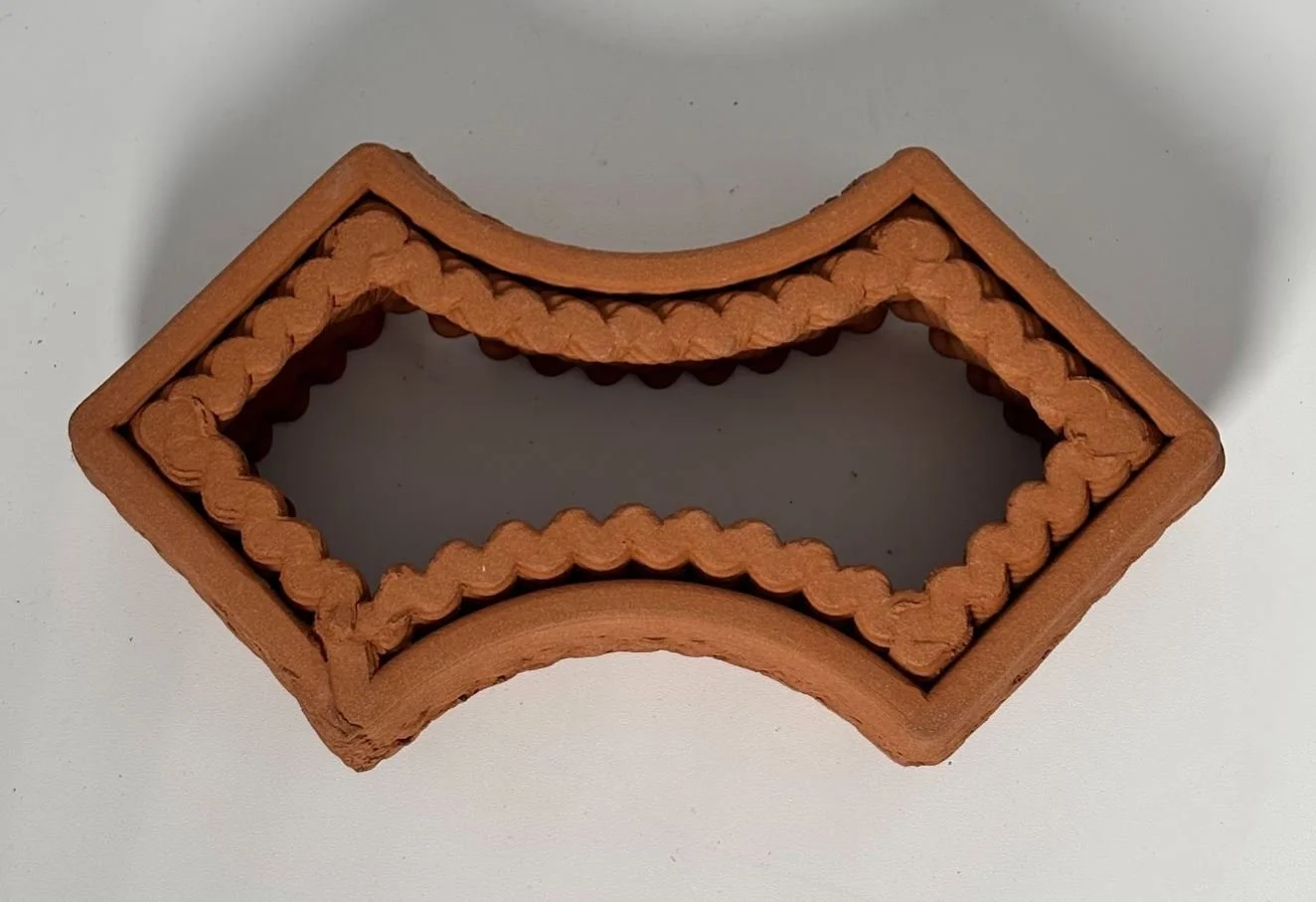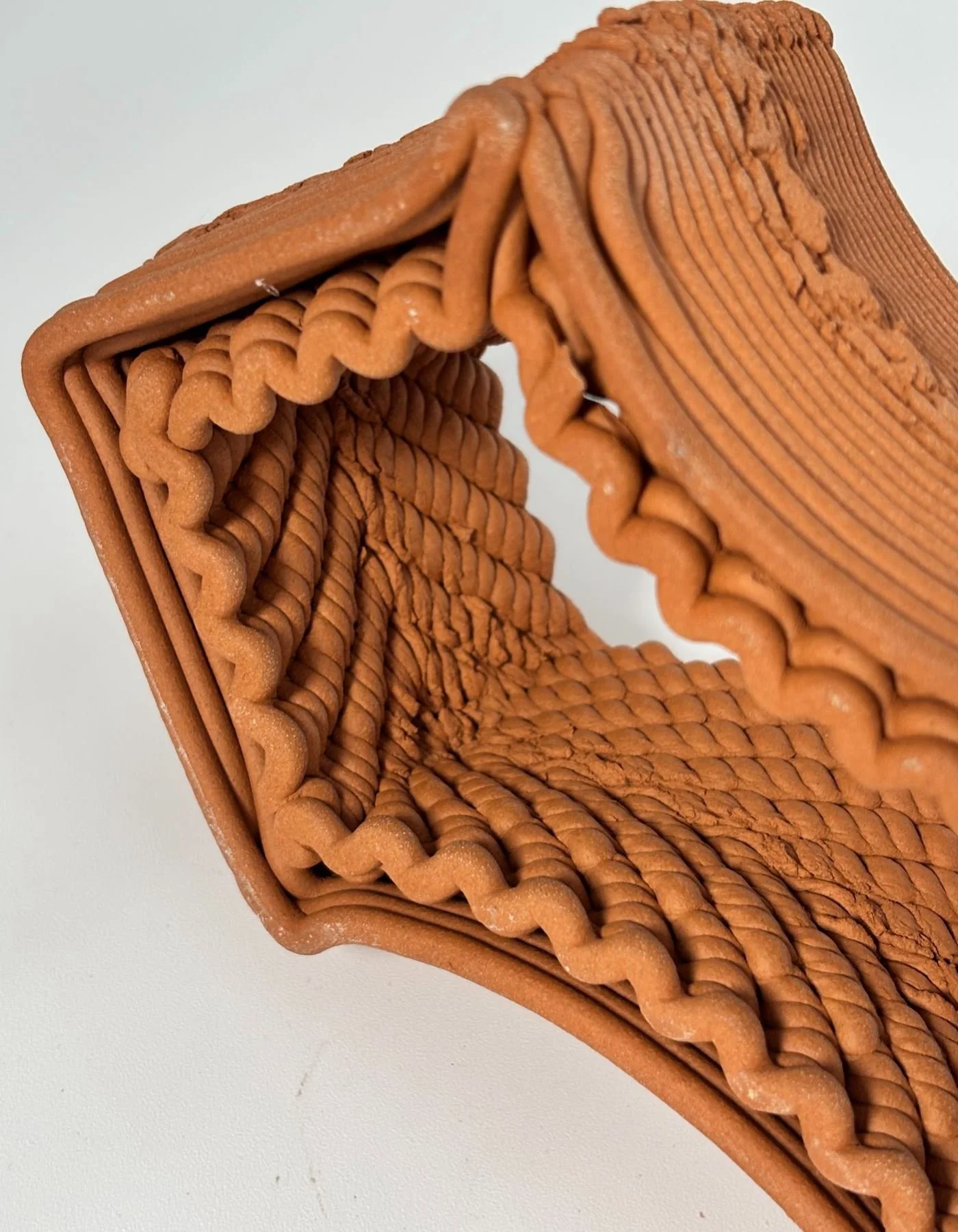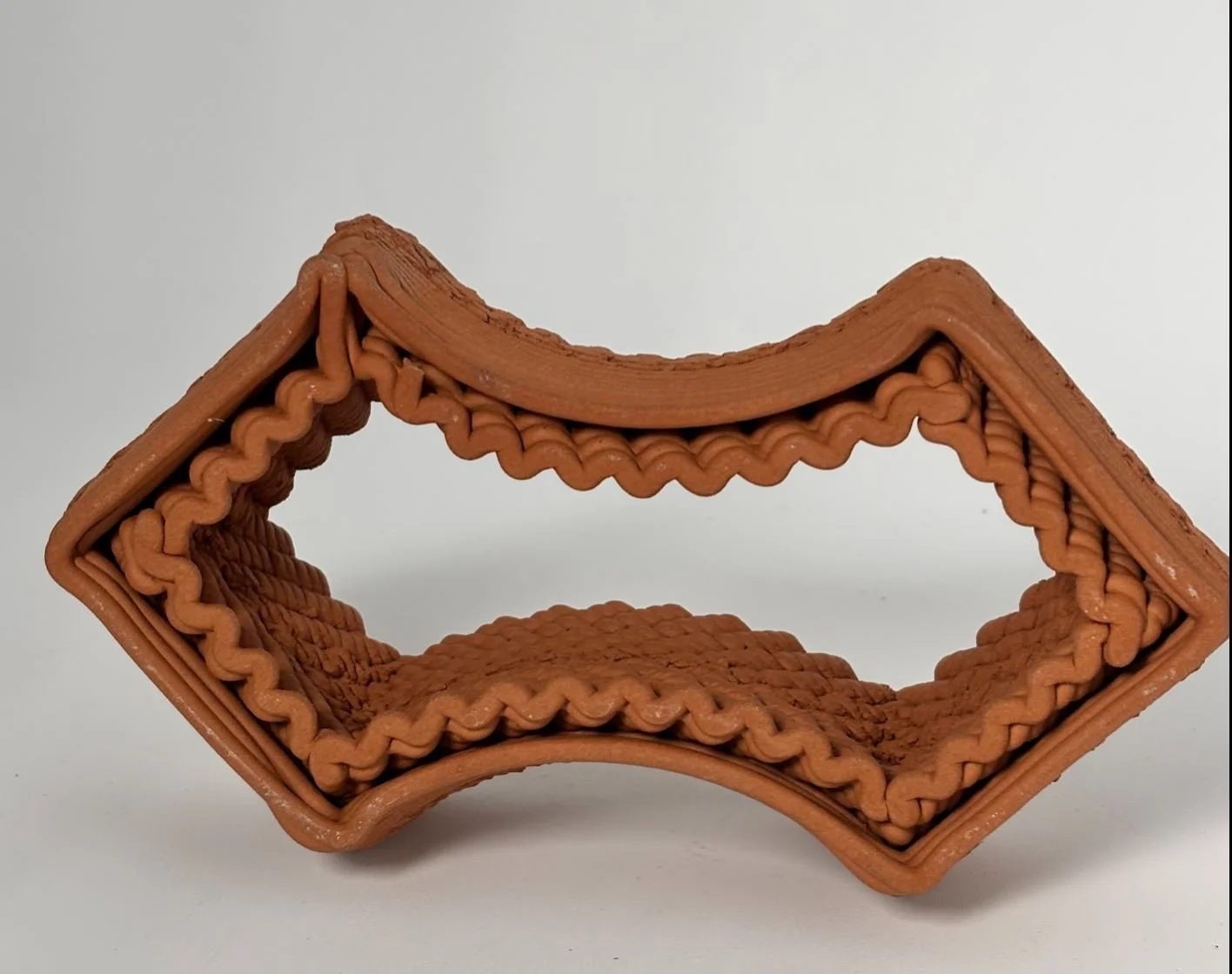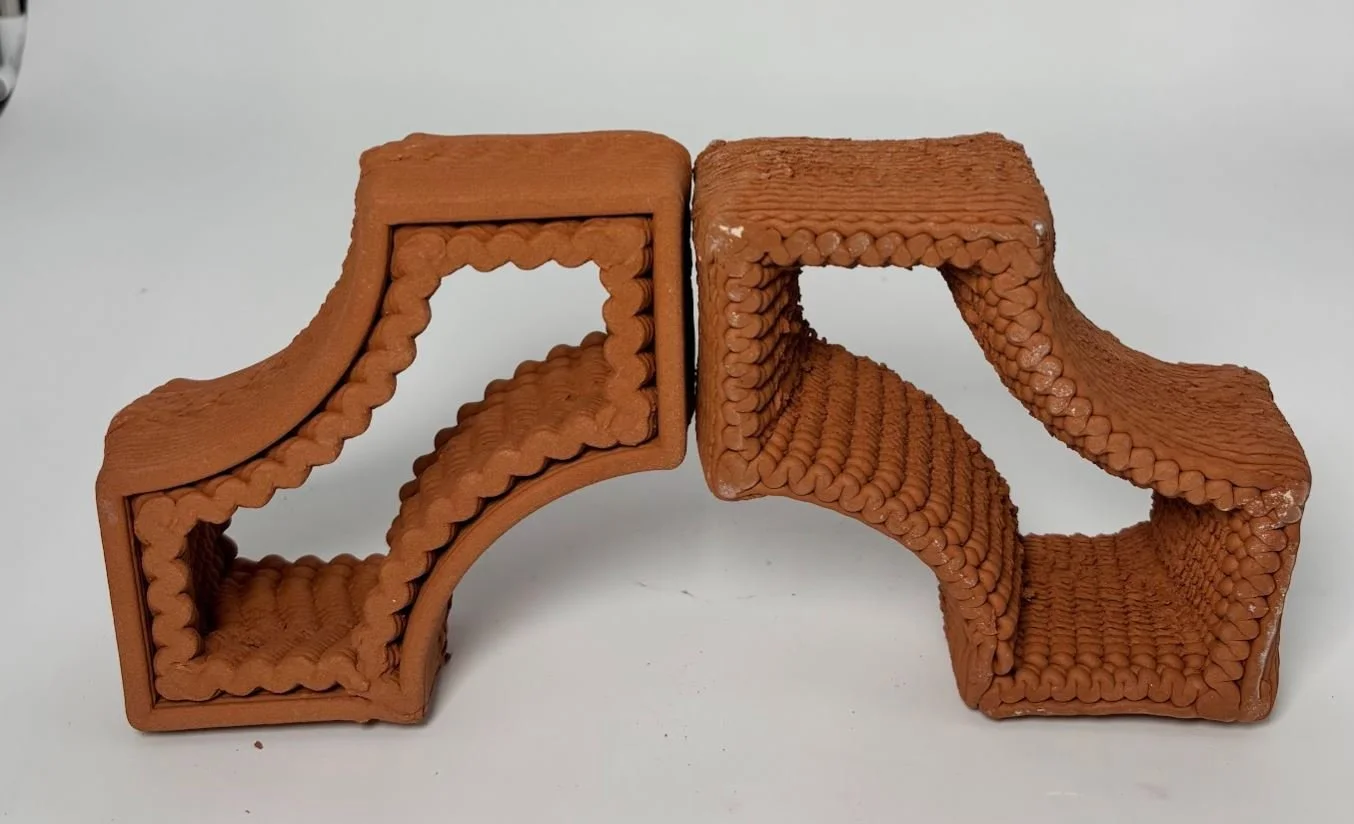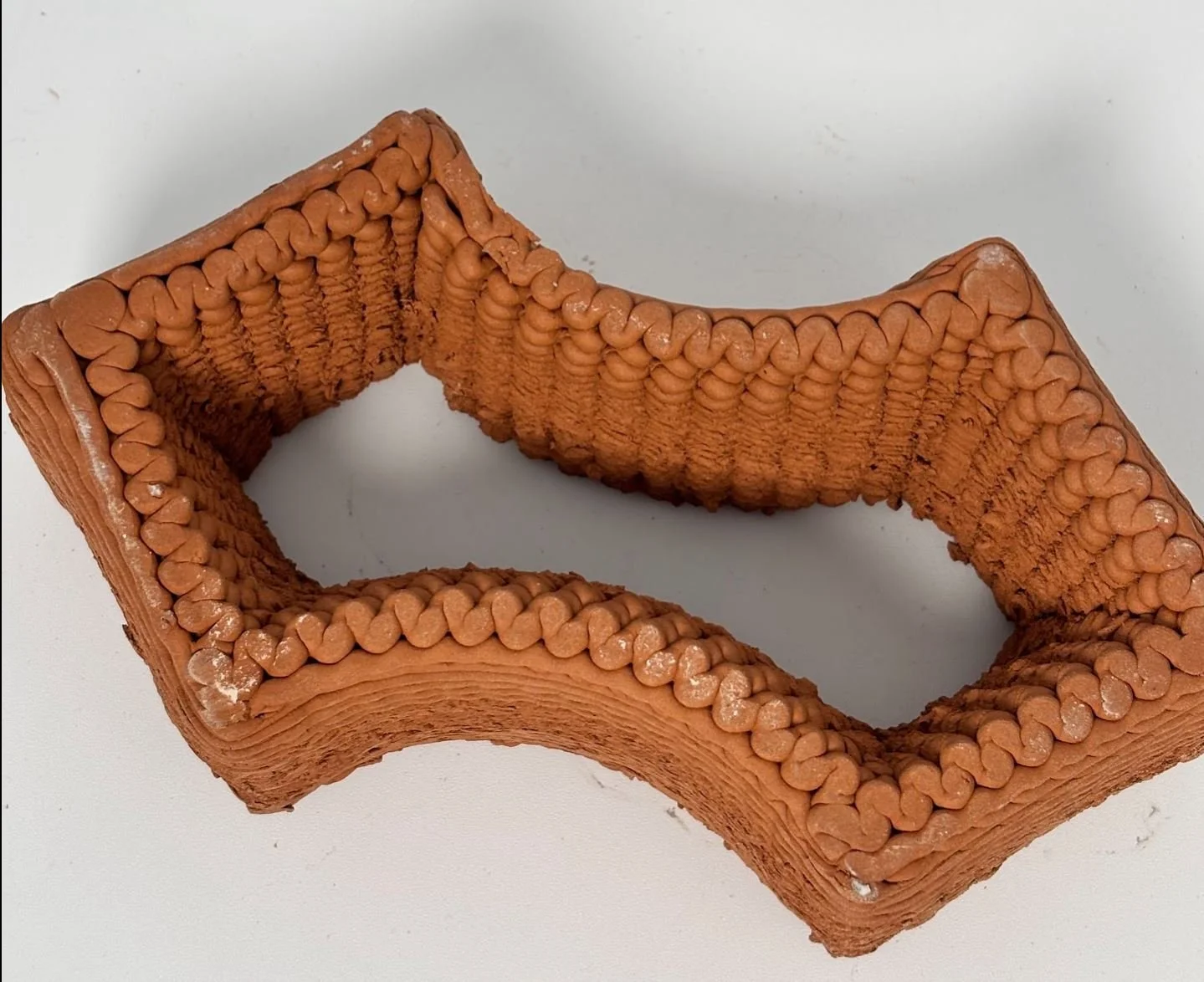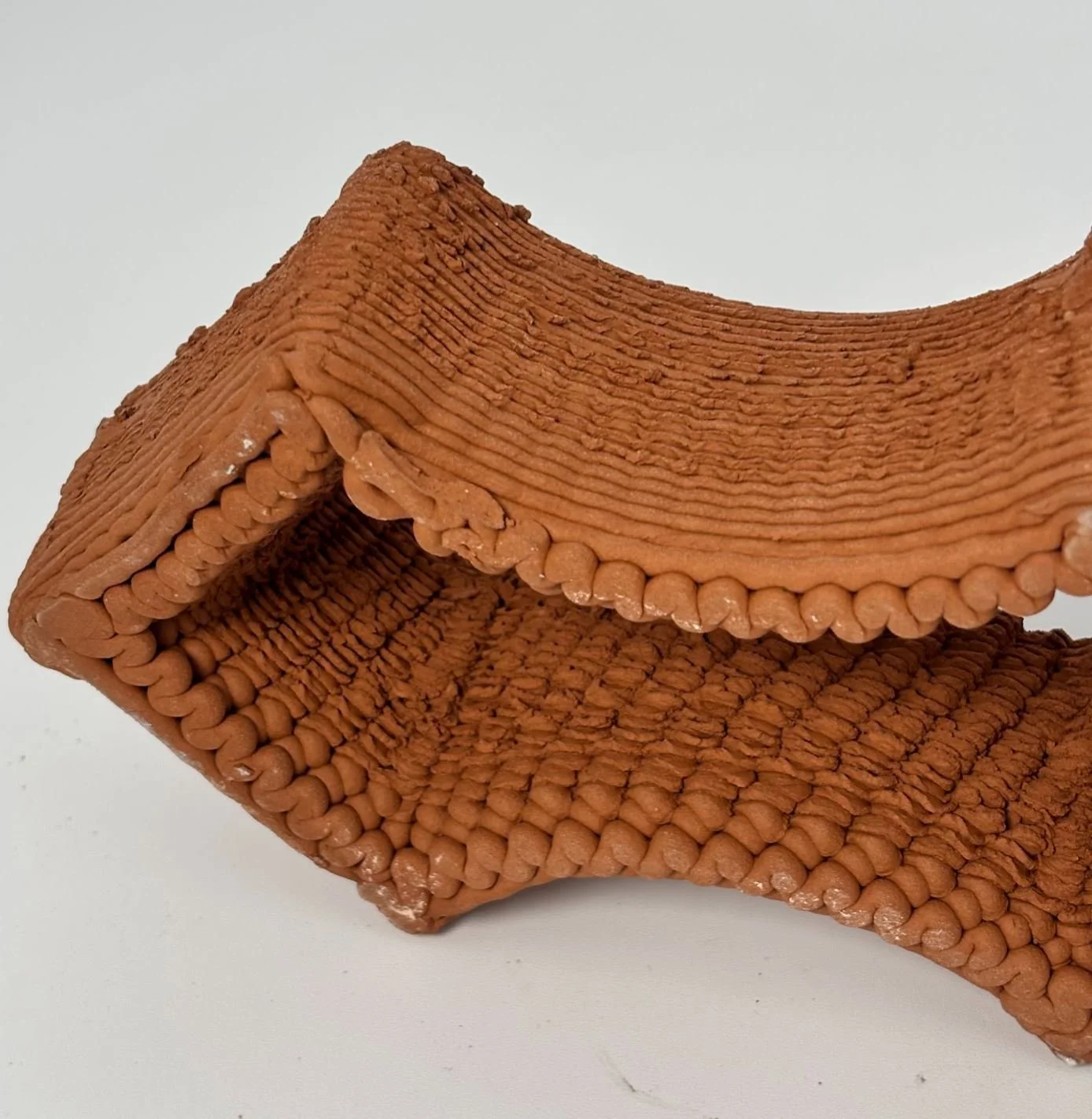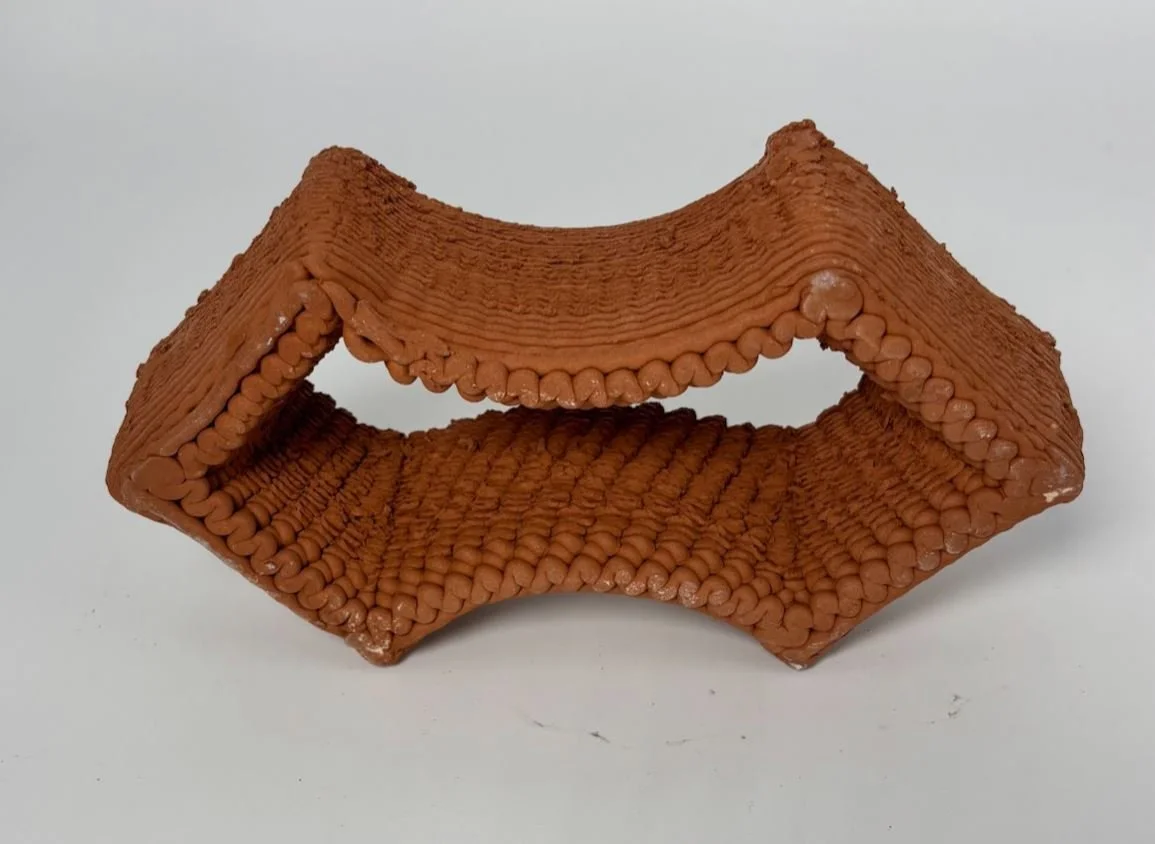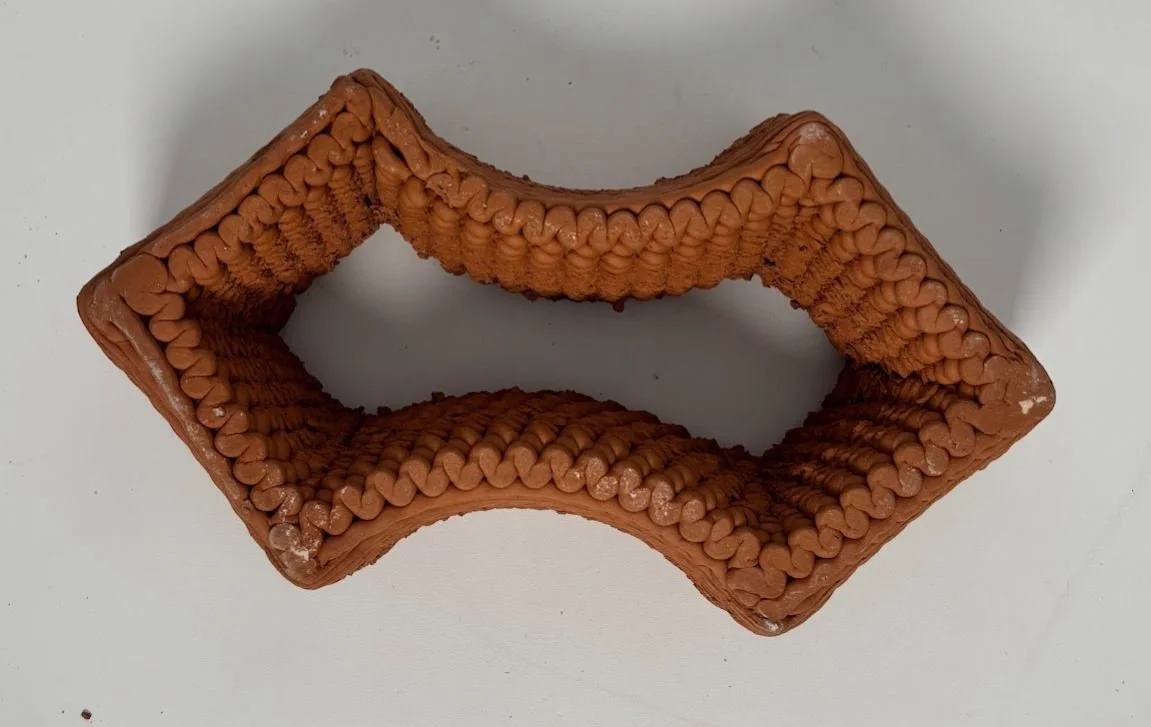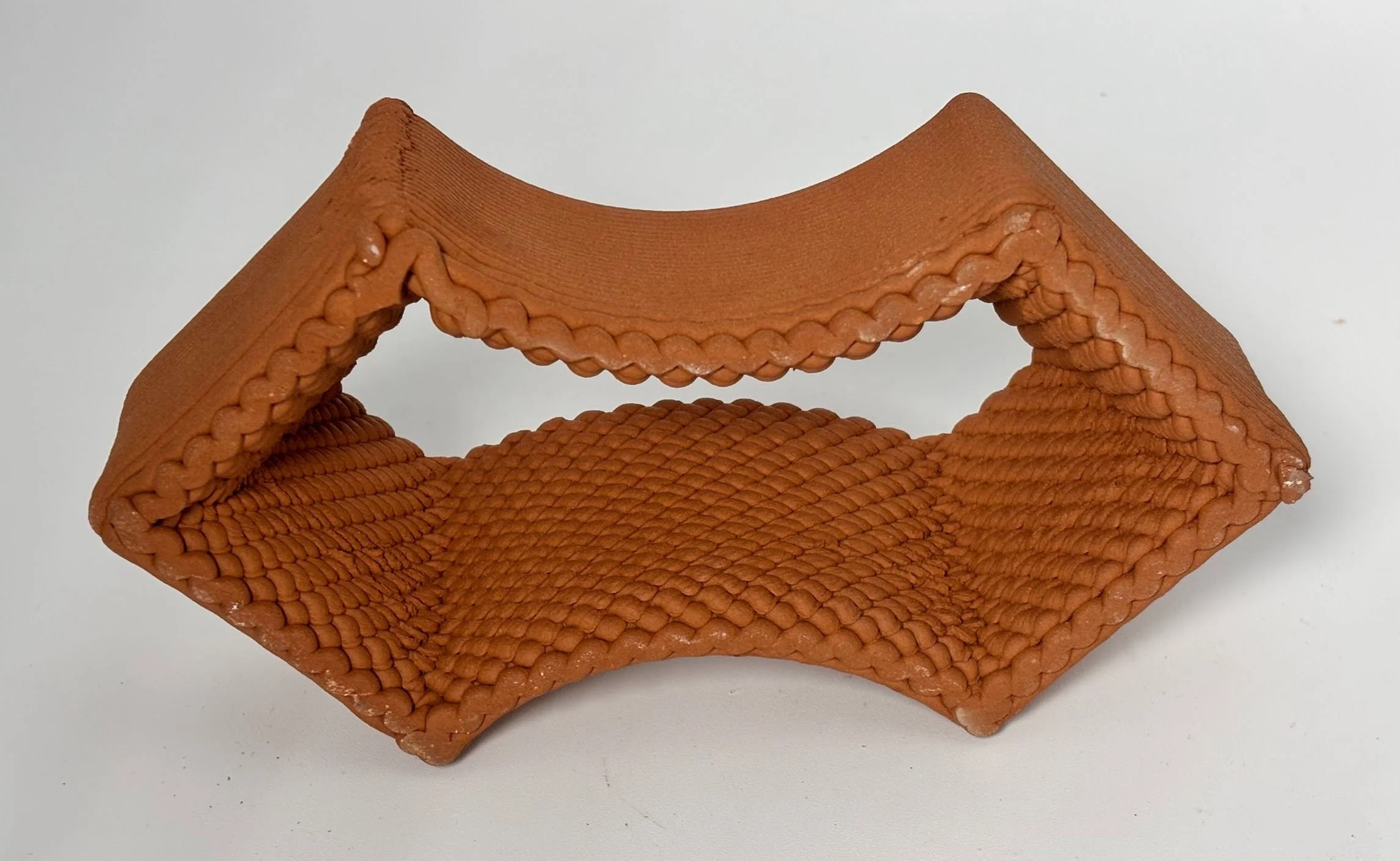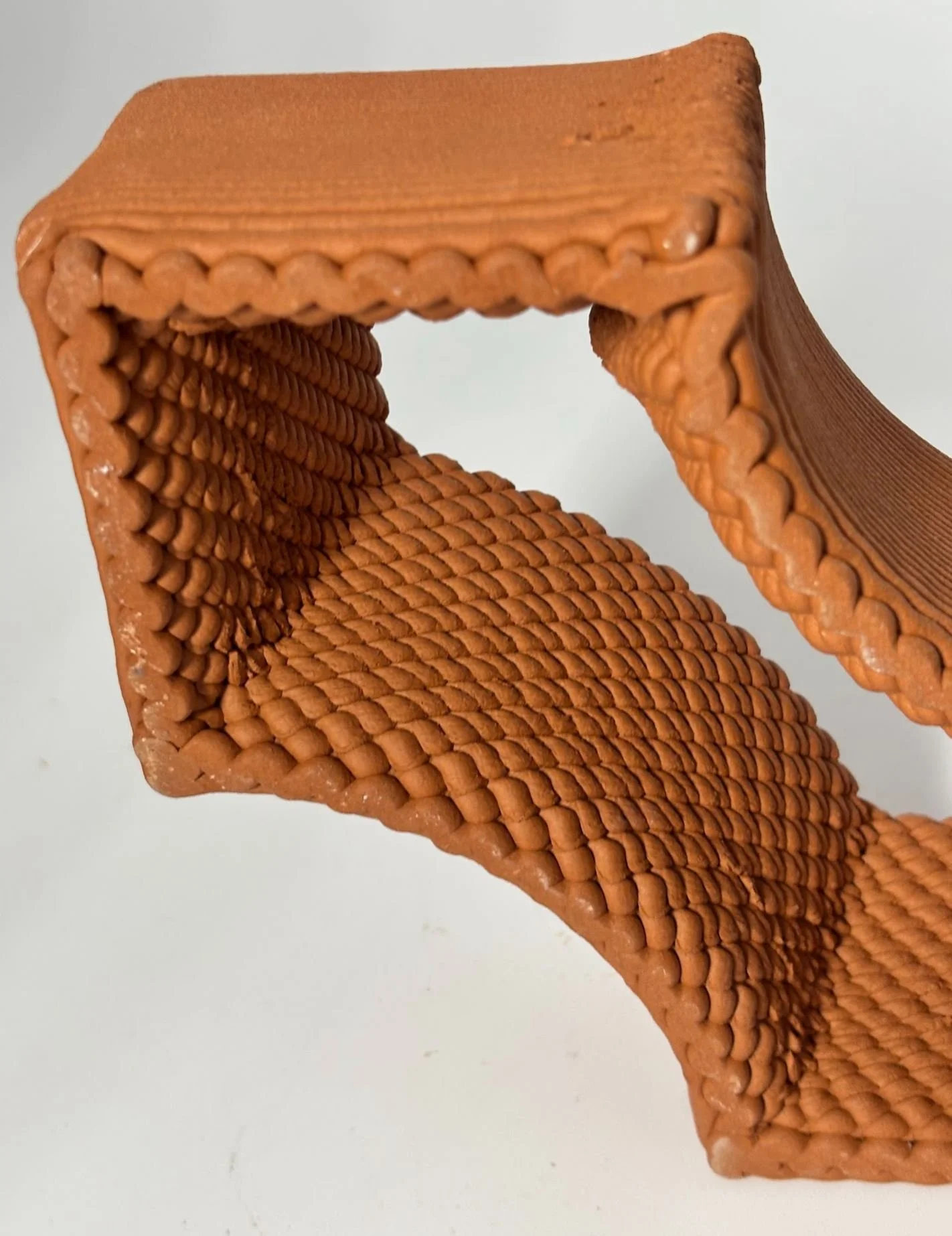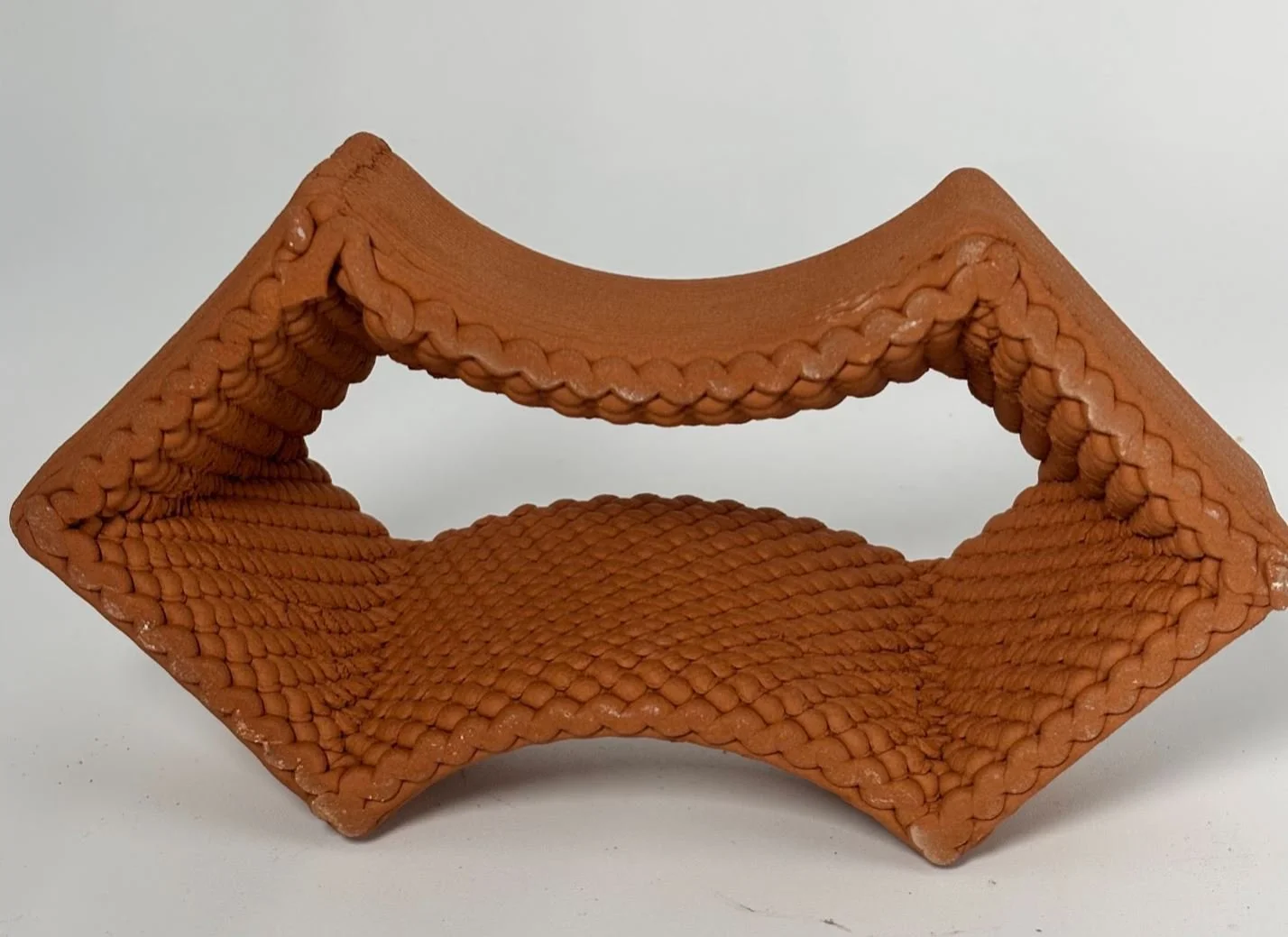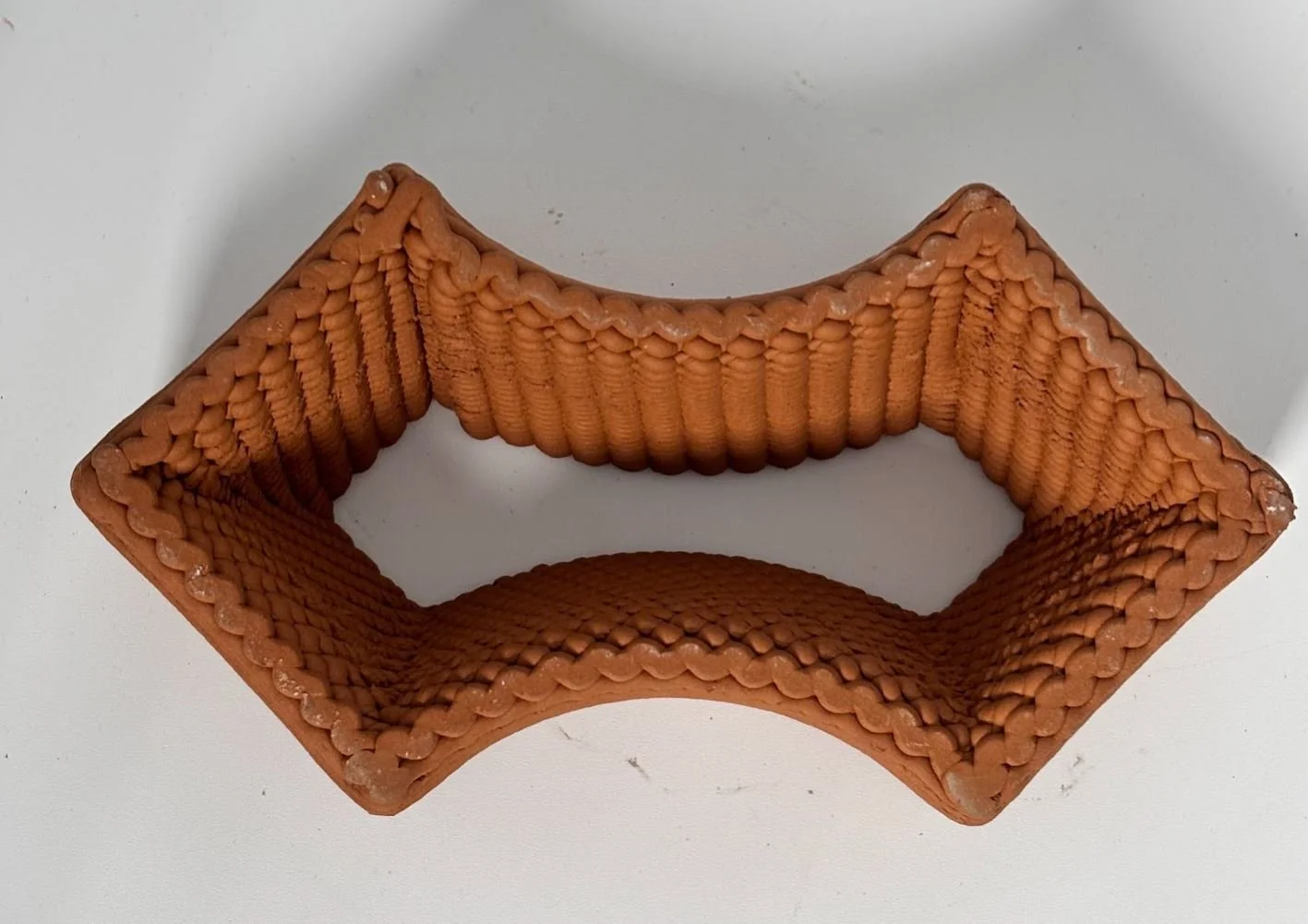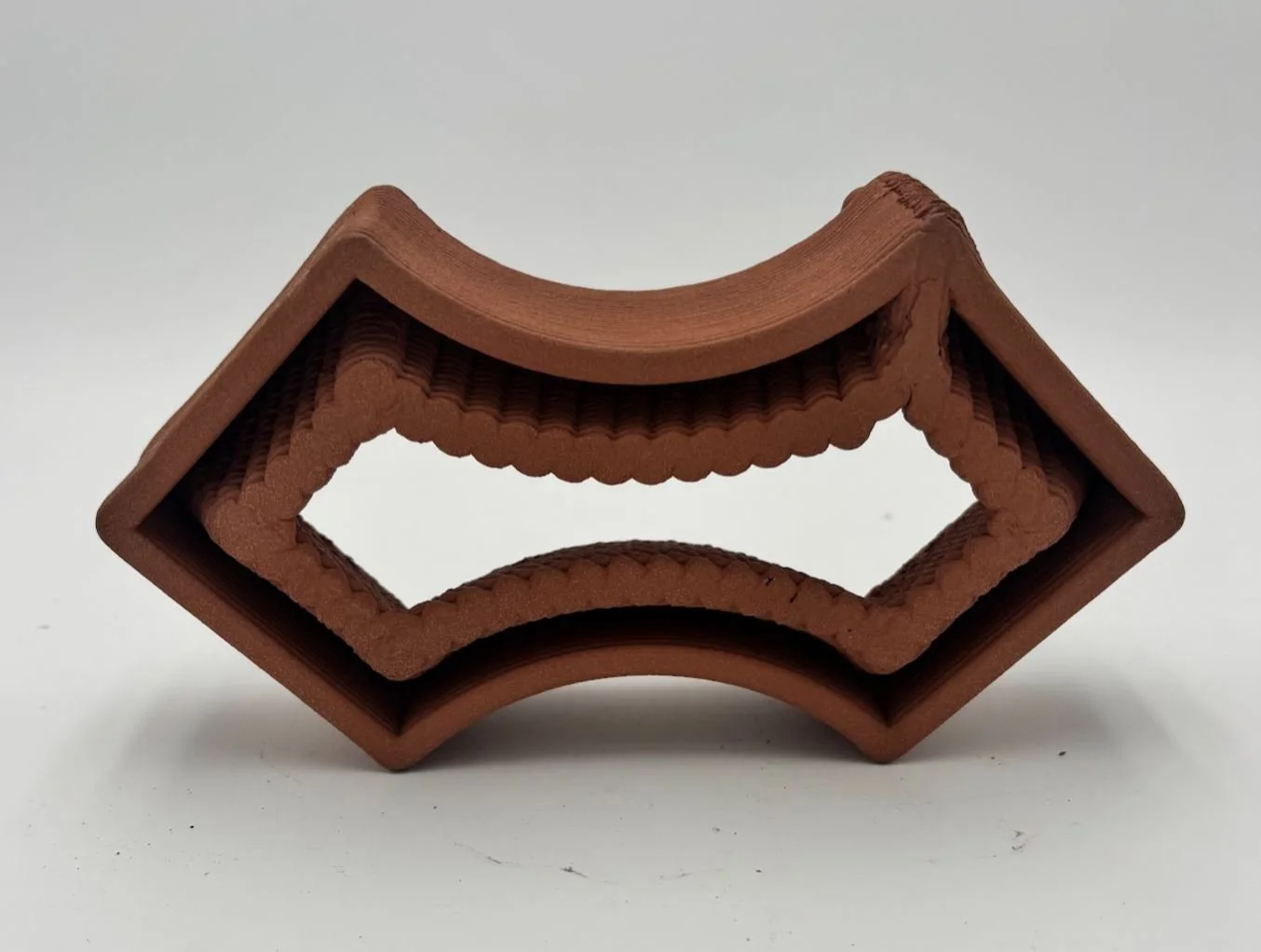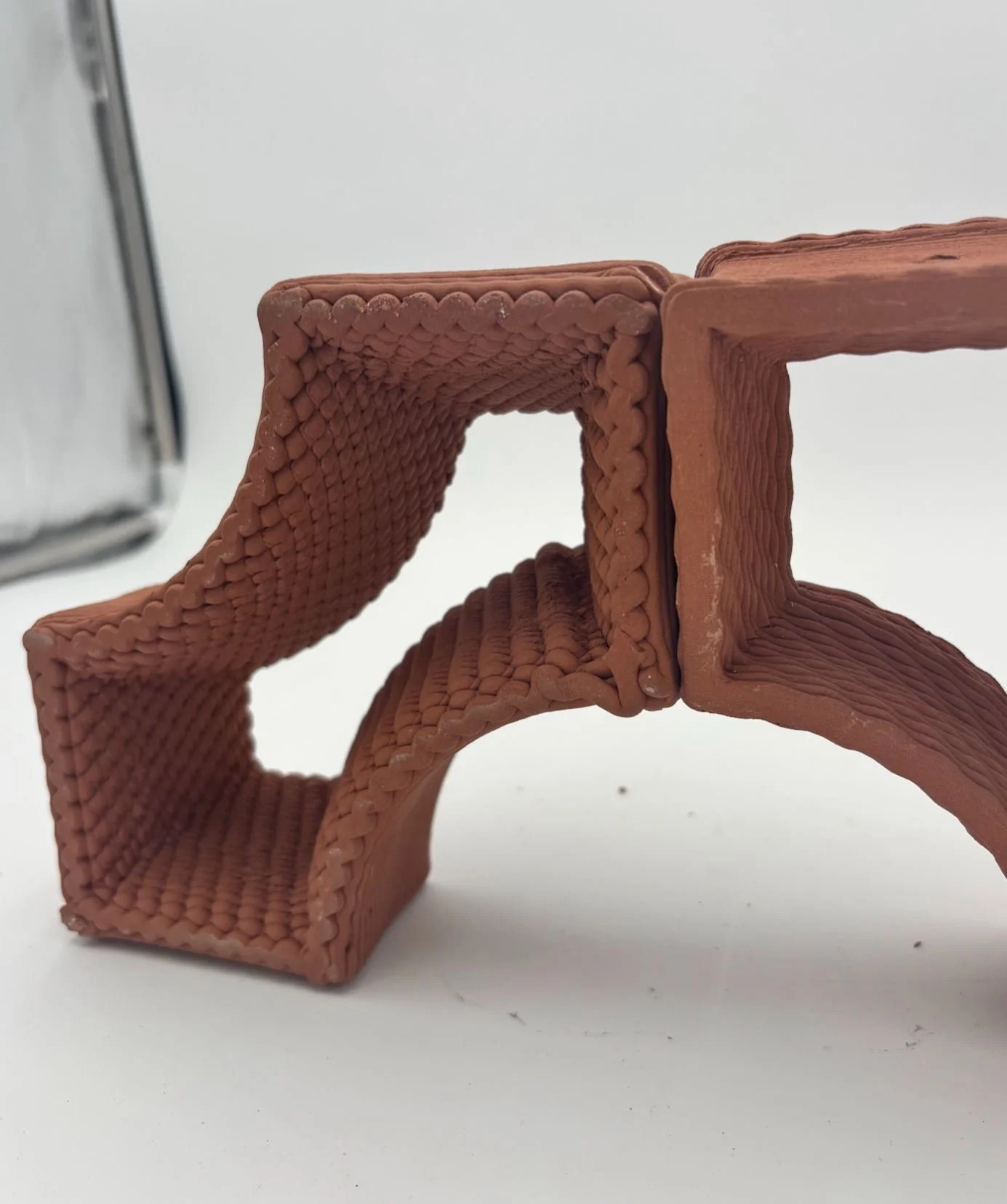
Ecological Tectonics
Making kin
Precedent study
Spring 2025 Adam Marcus’ research studio titled Ecological Tectonics, focusing on symbiotic relationships between the built environment created by humans and the natural environment maintained by pollinators and wildlife. Combining coding and modern technology with a focus on wildlife, this studio aims to develop ecological facade systems using architectural ceramics.
Making Kin was an initial study into pollinators. I focused on the Blue Jay because they are known to pollinate through acorn and seed dispersion in the South. This assignment involved creating a section perspective drawing of a Blue Jay’s habitat, exploring its domestic space through architectural representation. Research into the species’ behaviors, lifecycle, and ecosystem informed the design, with a focus on line work and hatching to convey depth and materiality.
Campos Costa Arquitectos’ Lisbon Aquarium Extension (2013) served as the architectural ceramic precedent. CCA utilizes the slip-cast method to create these fish-scale tiles. The tiles are connected with clips and fastened to the structure, acting as a rain screen.
Spring 2025 - Studio 4042 - Tulane University
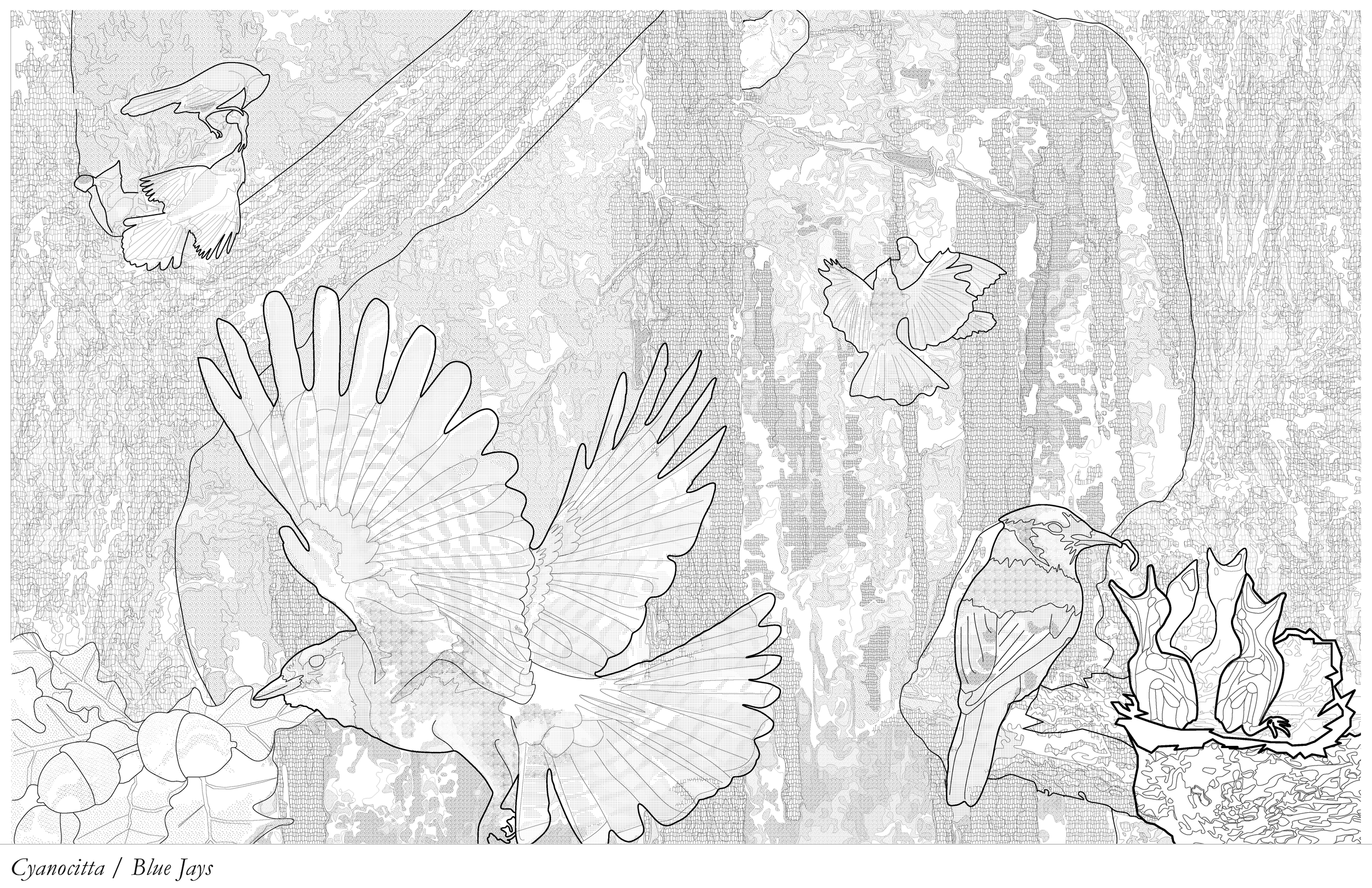
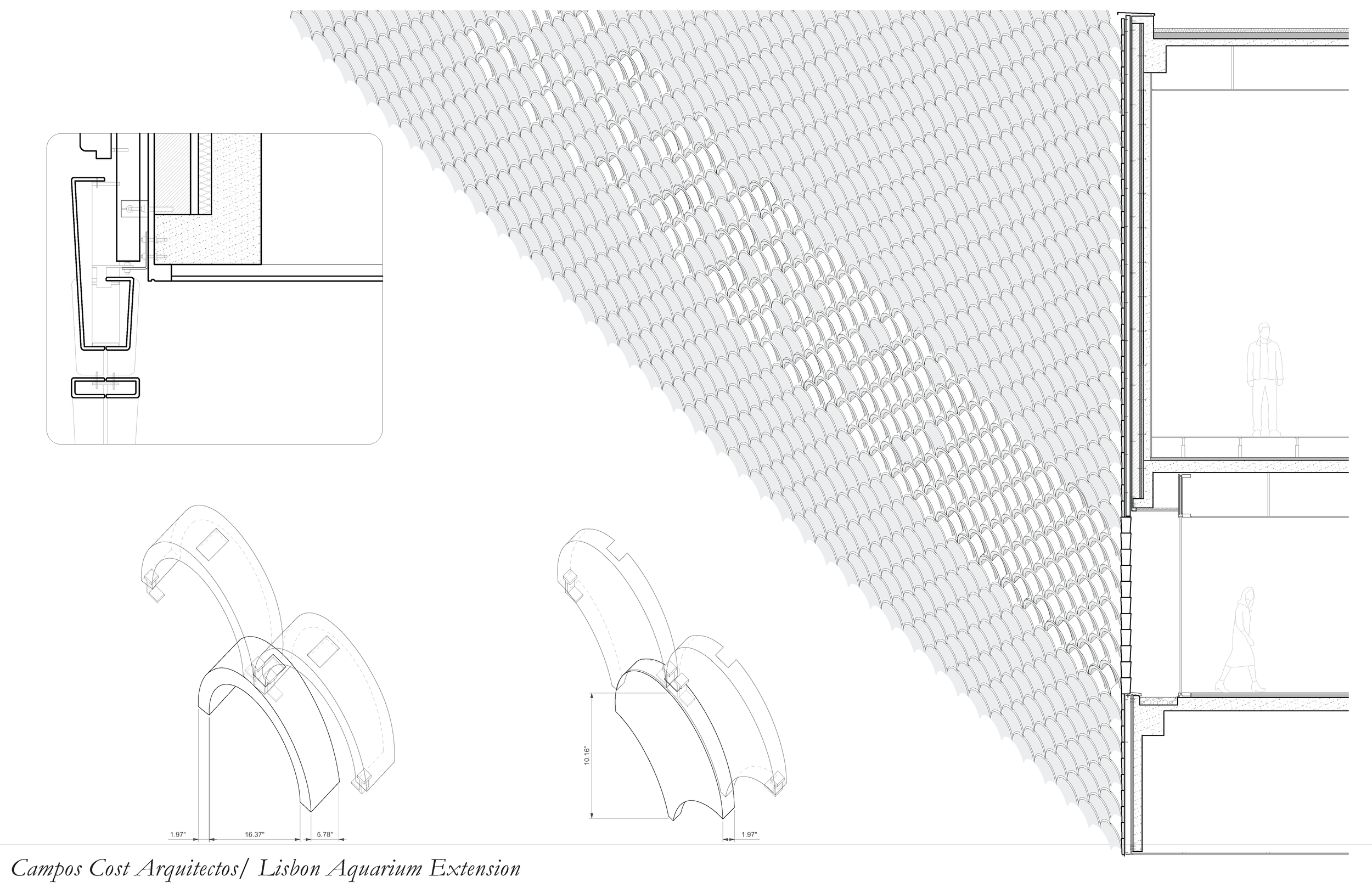
Ceramics Printing series
During the first few weeks of studio I used known and newly discovered components in Grasshopper to create parametric G-codes to create a series of 3d printed ceramic modules. This first series of project was an opportunity to get comfortable using clay, the pug mill, the potterbot, and also advancing skills in grasshopper.
Part A was to code a parametric texture around a given cylinder, then use the Potterbot to 3D print the G-code texture. In Part B, From Toolpath to Tile, I used the same techniques to print a vertical tile. Lastly, Part C I created a series of bricks that are modular and feature 3 designs, the D,V, and K. These bricks focus on 3d printing a double wall module that creates cavities, the types are named after the shape of their interior wall. In addition to the prototypes, I also began to learn how to draw, explain, and represent 3d printed ceramics through elevations and diagrams
